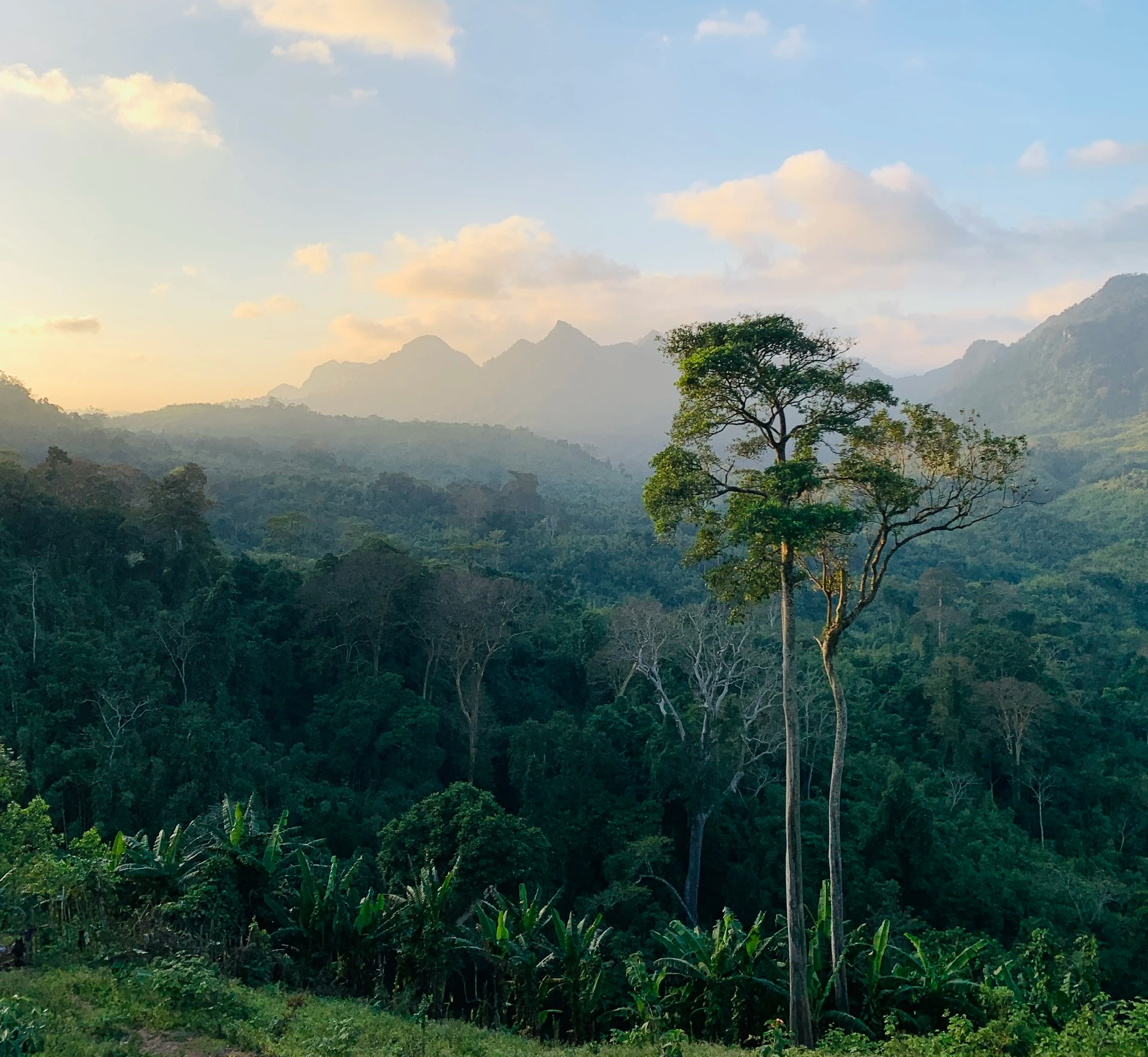
Majestic Truong Son mountains and forests
Stories still hidden in the legendary Truong Son
In the early 60s of the last century, the strategic minds of North Vietnam made a genius decision: Using Truong Son to build a transportation route from the great rear to the great front. The Truong Son Road or Ho Chi Minh Trail was born... There, Road 20 Quyet Thang was an important hub in the traffic network of the Ho Chi Minh Trail, the lifeline connecting East Truong Son with West Truong Son.
To keep the “blood vessels” unclogged, tens of thousands of youth volunteers, traffic workers, and frontline laborers stayed day and night, taking on bombs and bullets. A series of locations on this route became fire coordinates, blood points, including the key point Ca Roong - ATP (Ca Roong, A-shaped curve, Ta Le tunnel and Phu La Nhich pass), now the area of Km 63+900 of Provincial Road 562, considered the “bomb bag” of Truong Son. The blood, tears and sweat of young men and women in their 20s were shed on the entire route 20, at the key points of Tra Ang, Ba Thang slope, A-ki, Ca Roong, ATP… creating the legend of the route.
Truong Son is still there. But where are the original Truong Son roads that transported millions of soldiers, tens of millions of tons of weapons, ammunition, food, military equipment... from the rear to the front line more than 50 years ago? Some roads have been erased by time. Some roads have been modernized. Of the 5 horizontal roads from east to west across the Truong Son peak, only Road 20 Quyet Thang, starting from Xuan Son ferry, crossing Phong Nha National Park to neighboring Laos, is still quite primitive. For 50 years after the war, the road is like the embodiment of separation and oblivion.
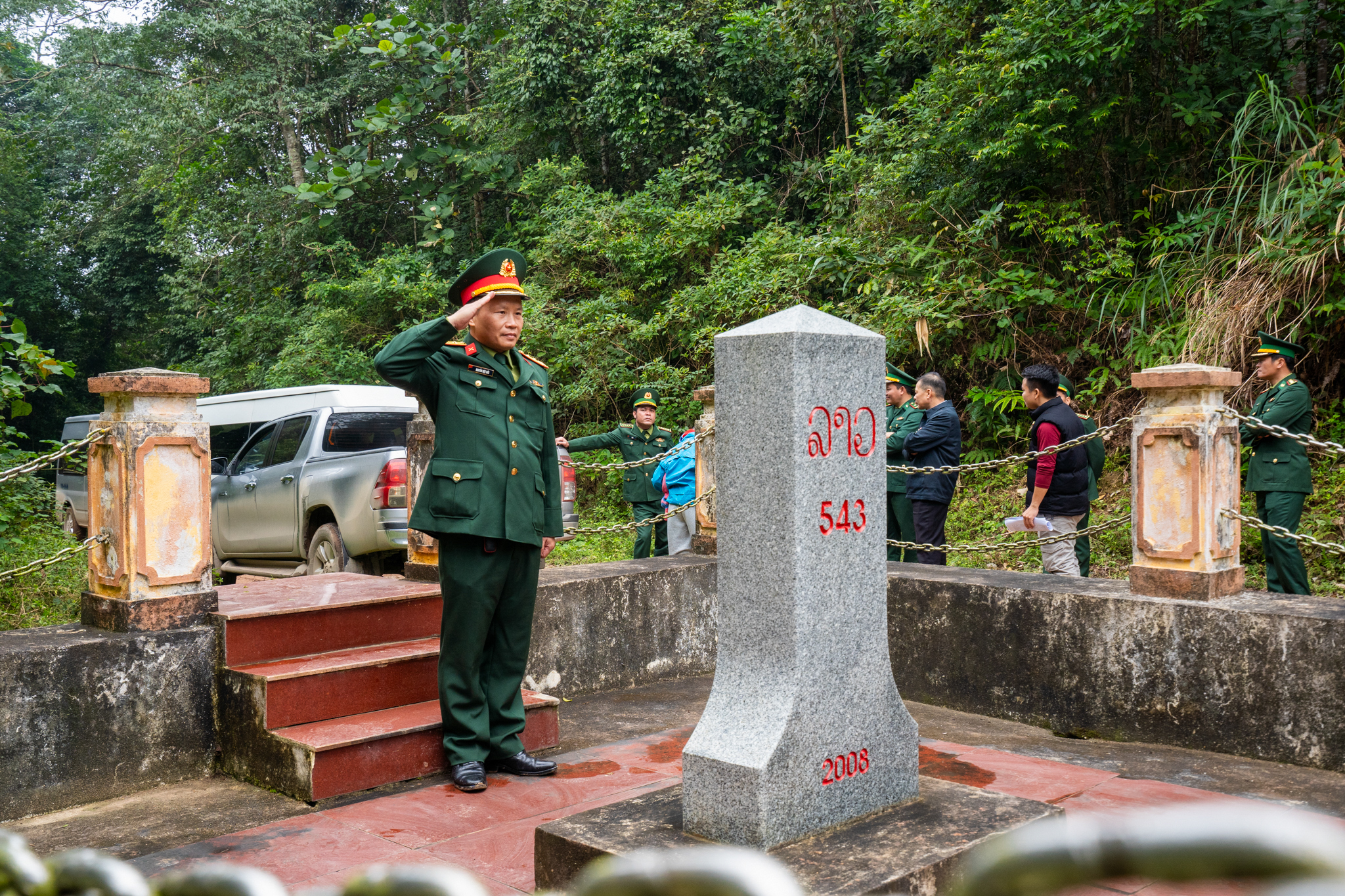
Border marker, Ca Roong border gate, where people from Quang Binh province (Vietnam) and Khammouane (Laos) cross with travel documents without passports.
In 2022, the Thuong Trach border area suddenly "appeared" with the Truong Son Martyrs Memorial Temple - Road 20 Quyet Thang, the Ca Roong - ATP key point. The temple is located at the end of the Vietnamese territory of Road 20 Quyet Thang. Since then, pilgrimages have stirred up a mountainous area. The vast battlefield has been warmed by incense smoke for posterity. Through pilgrimages, people have seen at 20 Quyet Thang a poetic, vibrant "road" in the middle of Phong Nha - Ke Bang National Park next to a historical "road". The road connects the coordinates of fire that were once submerged in the depths of the mountains and forests, breaking open a treasure trove of hidden stories. Since then, many historical stories have been recorded, many sacrifices have been commemorated, and many souls have been burned with incense.
“Journey to find the legendary Truong Son mark” is a tour program that connects unpublished data about the history of this road; stories that only exist in the fragmented memories of veterans and remain silent behind the milestones and coordinates that are still persistently present in the forest. “Searching for the Truong Son mark” at this time is also a move to make up for the shortcomings of those working in tourism with more than 4 million domestic visitors who have visited Quang Binh each year. From now on, the story of this land will be more complete, will be a continuous flow so that Vietnamese patriots have more stories to understand about Vietnam.
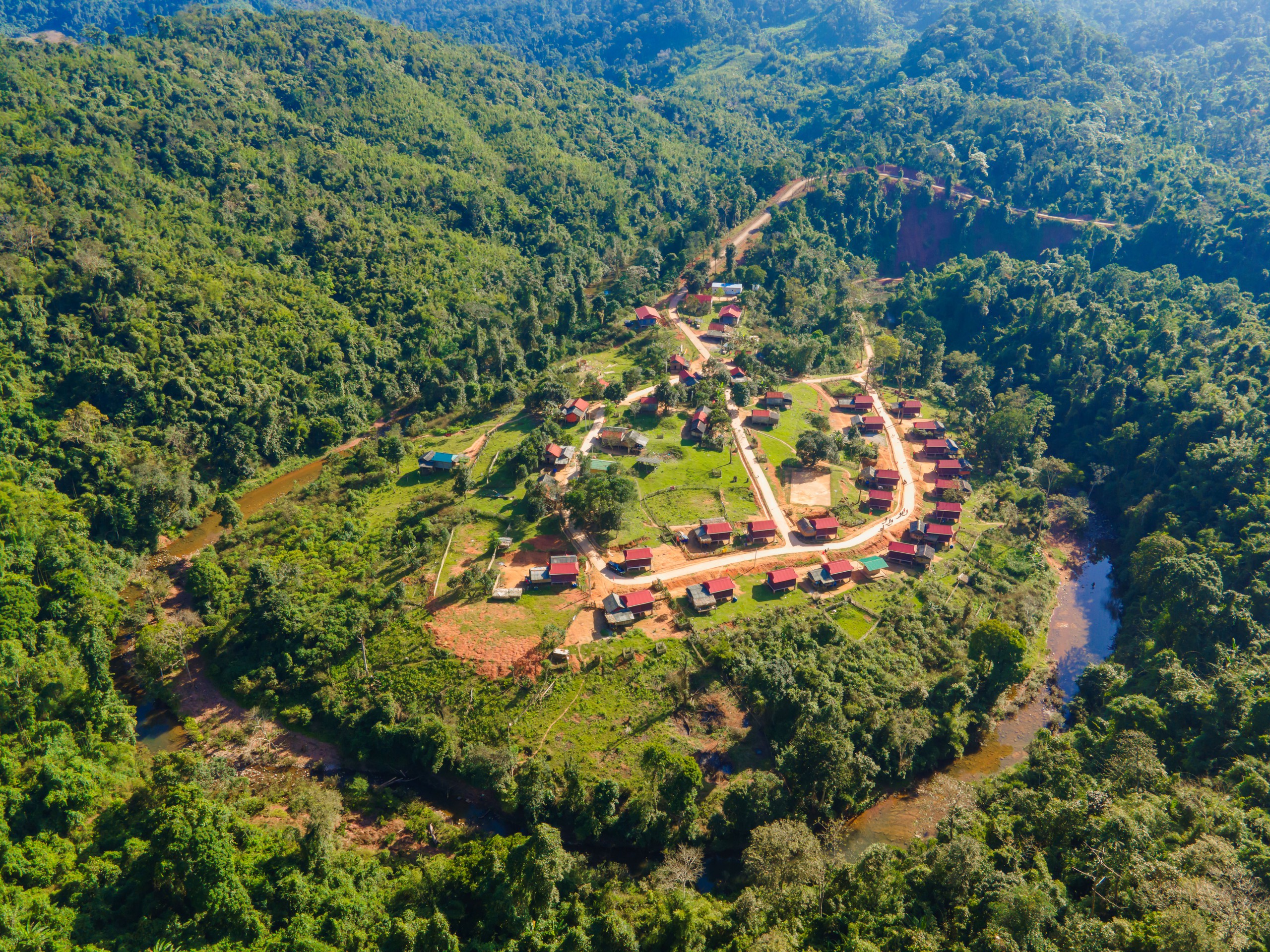
Panoramic view of Tuoc village of Ma Coong people, where tourists will stop for lunch and learn about the culture of the indigenous people
Experience the memories of war in the majestic mountains and forests
In fact, there have always been journeys to find the traces of Truong Son for the past 50 years. These are the returns of Truong Son veterans, to remember, to search for a coordinate of their blood and bones, and to light an incense stick, or to pay homage to the thousands of comrades who have fallen. There are personal journeys. There are organized journeys. But there has never been a tourist route that has been paved with professional measurements of travel, accommodation, and in-depth research on local culture, so that the return trips are no longer lonely.
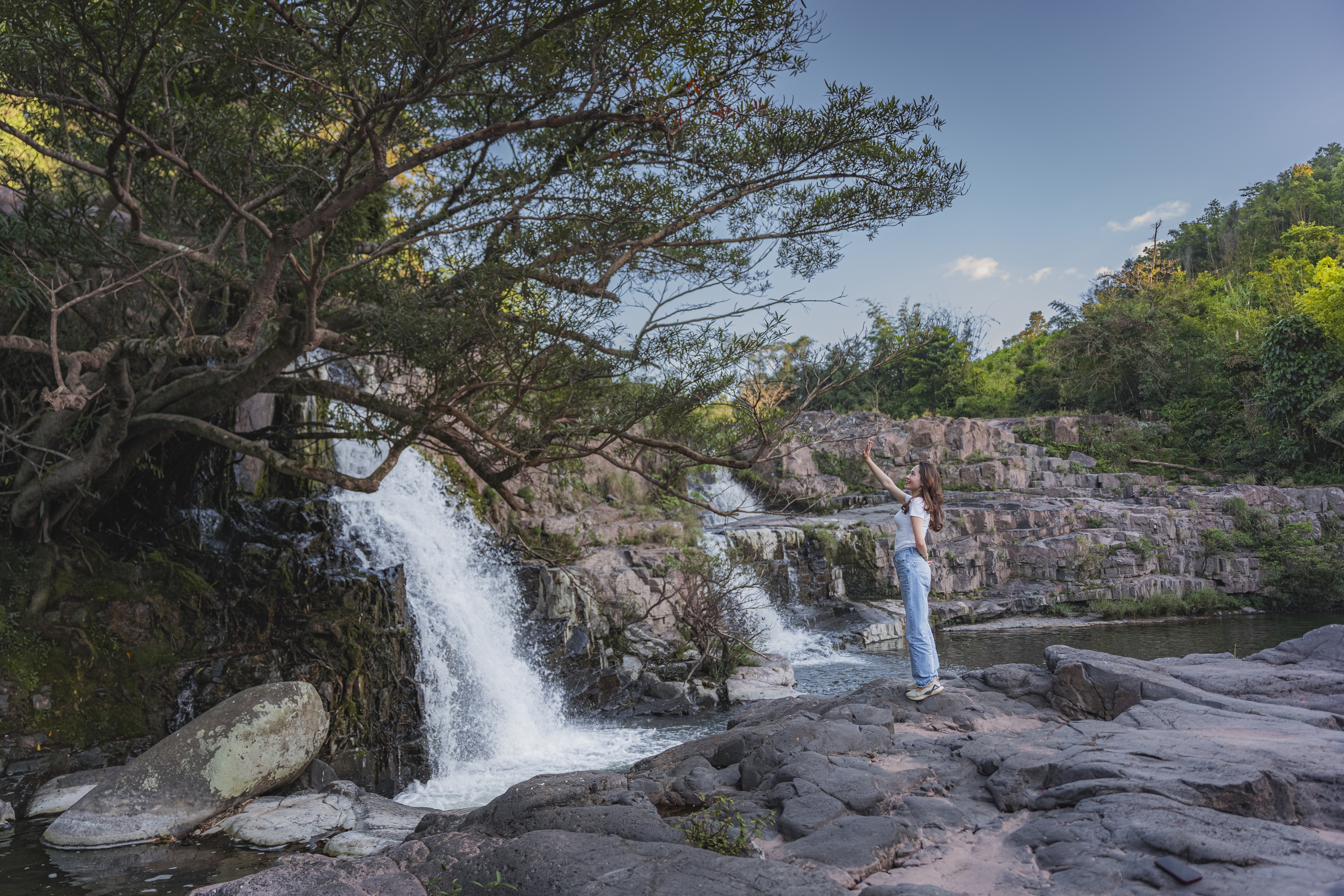
But Waterfall, where Ma Coong girls bathe in the stream before participating in the famous drum beating festival of 18 ethnic villages on the border.
The tour “Journey to find the legendary Truong Son mark” will do that, to open the roads to the previously inaccessible areas such as the west of Road 20 Quyet Thang, with historical and cultural milestones of the ethnic groups that have just been marked later in the Ca Roong - ATP key point. The tour will be a journey with veterans and families of veterans who want to revisit the old battlefield, to pay respects to their comrades.
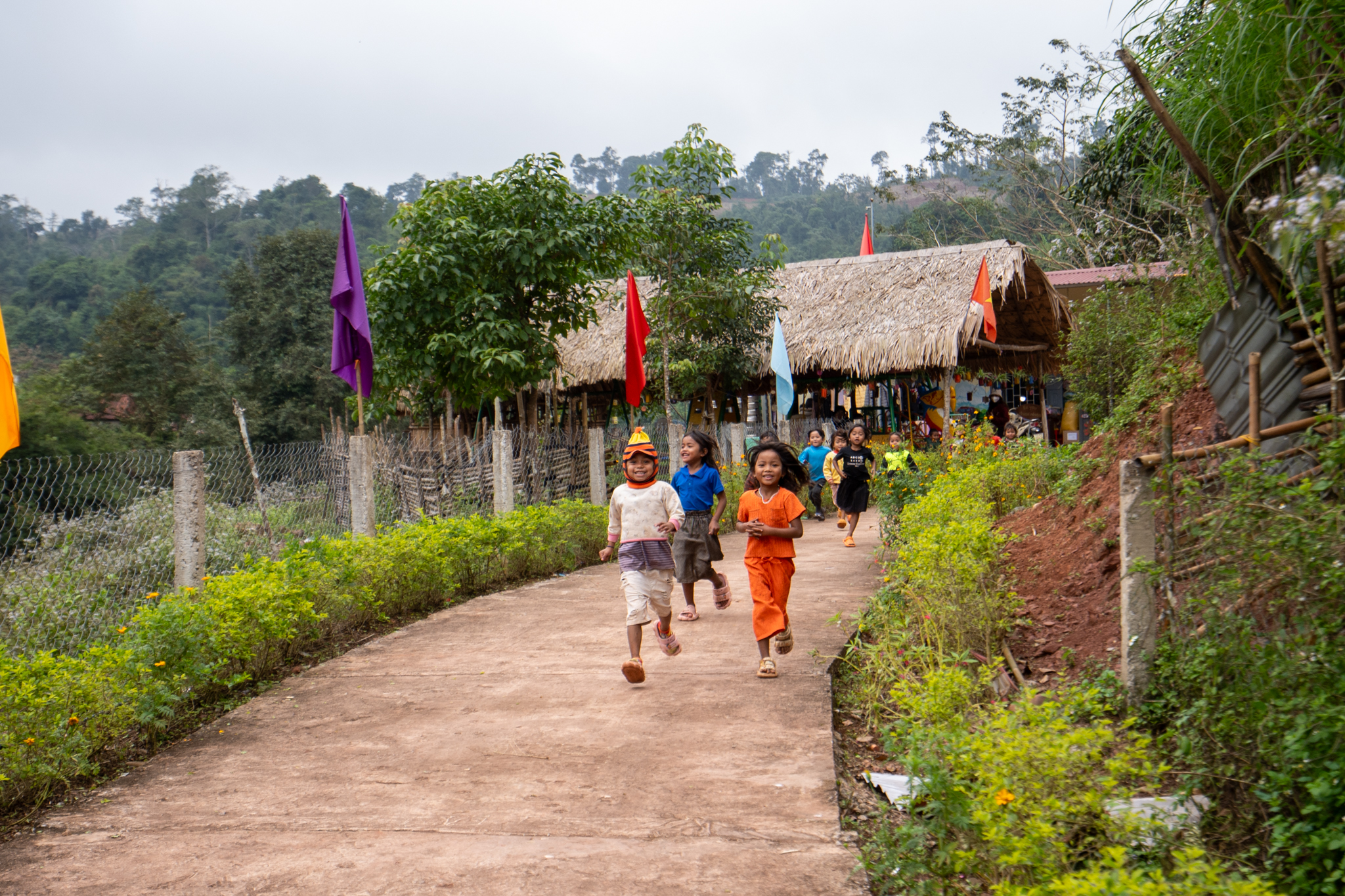
Ma Coong children
The experience of Truong Son is always attractive to tourists, including foreign tourists. With "Journey to find the legendary Truong Son mark", tourists will experience the memories of war in a realistic way in the middle of the majestic Truong Son; come to the majestic Truong Son range, where there are vast forests that were burned by bombs 50 years ago, now restored to a strong green; visit But waterfall, where Ma Coong girls bathe in the stream before participating in the drum beating festival to find a lover.
The journey is also an opportunity for tourists to learn about the culture and life of the Ma Coong people (a branch of the Bru - Van Kieu ethnic group), where there is a famous drum-beating festival of 18 ethnic villages in the border area. Tourism activities also help improve the lives of people when they participate in the tourism supply chain with businesses.
Mr. Nguyen Chau A - General Director of Oxalis Holiday Company said that the construction of the tourism product "Journey to find the legendary Truong Son mark" has many profound meanings. The trip brings tourists to "red addresses" during the war years, helping people in the country have the opportunity to visit historical sites, memorial temples of soldiers and youth volunteers who sacrificed on Route 20 Quyet Thang. At the same time, it creates opportunities to support the Ma Coong community living in the Vietnam - Laos border area to have the opportunity to participate in tourism activities and develop the local economy.
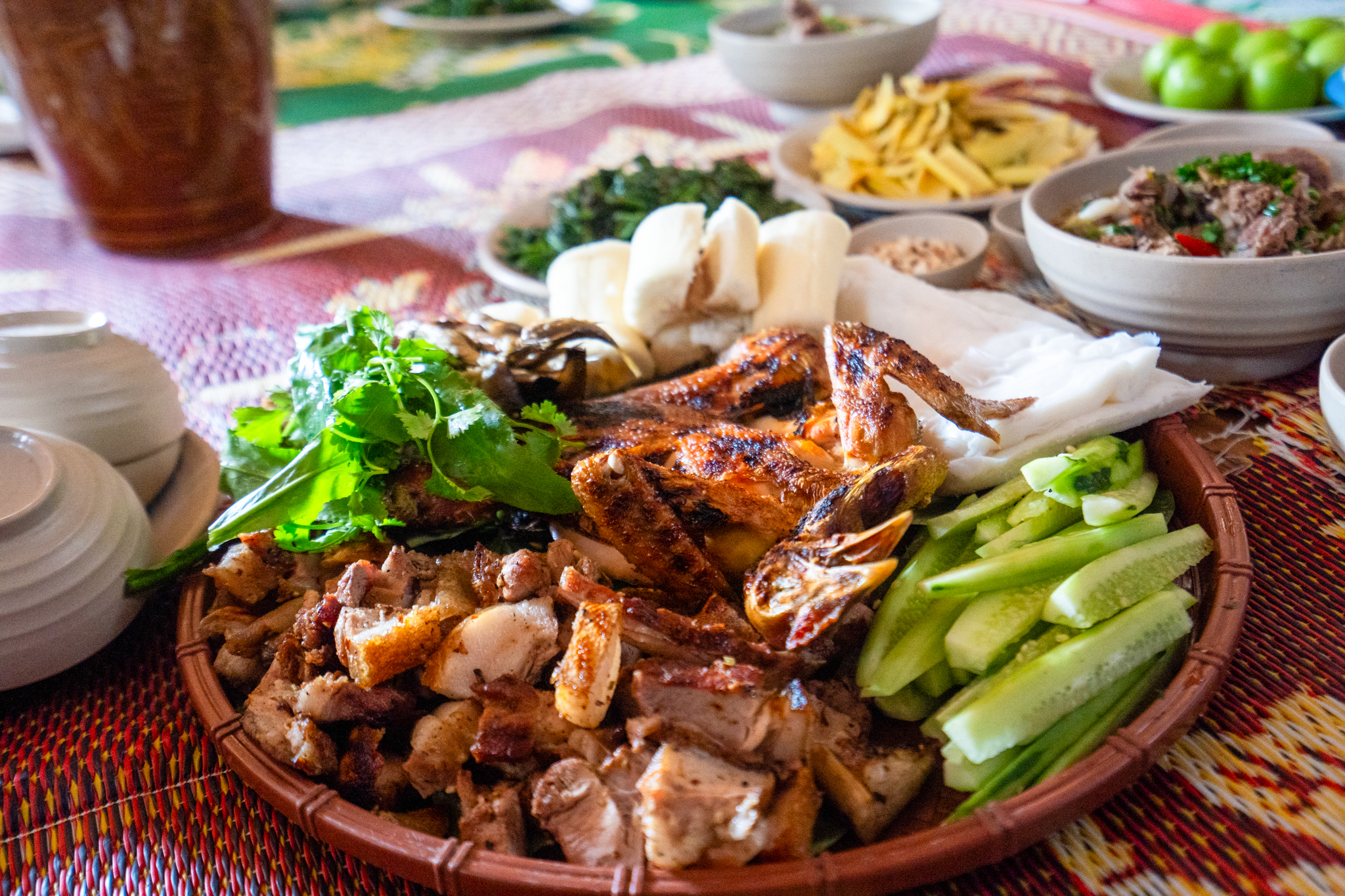
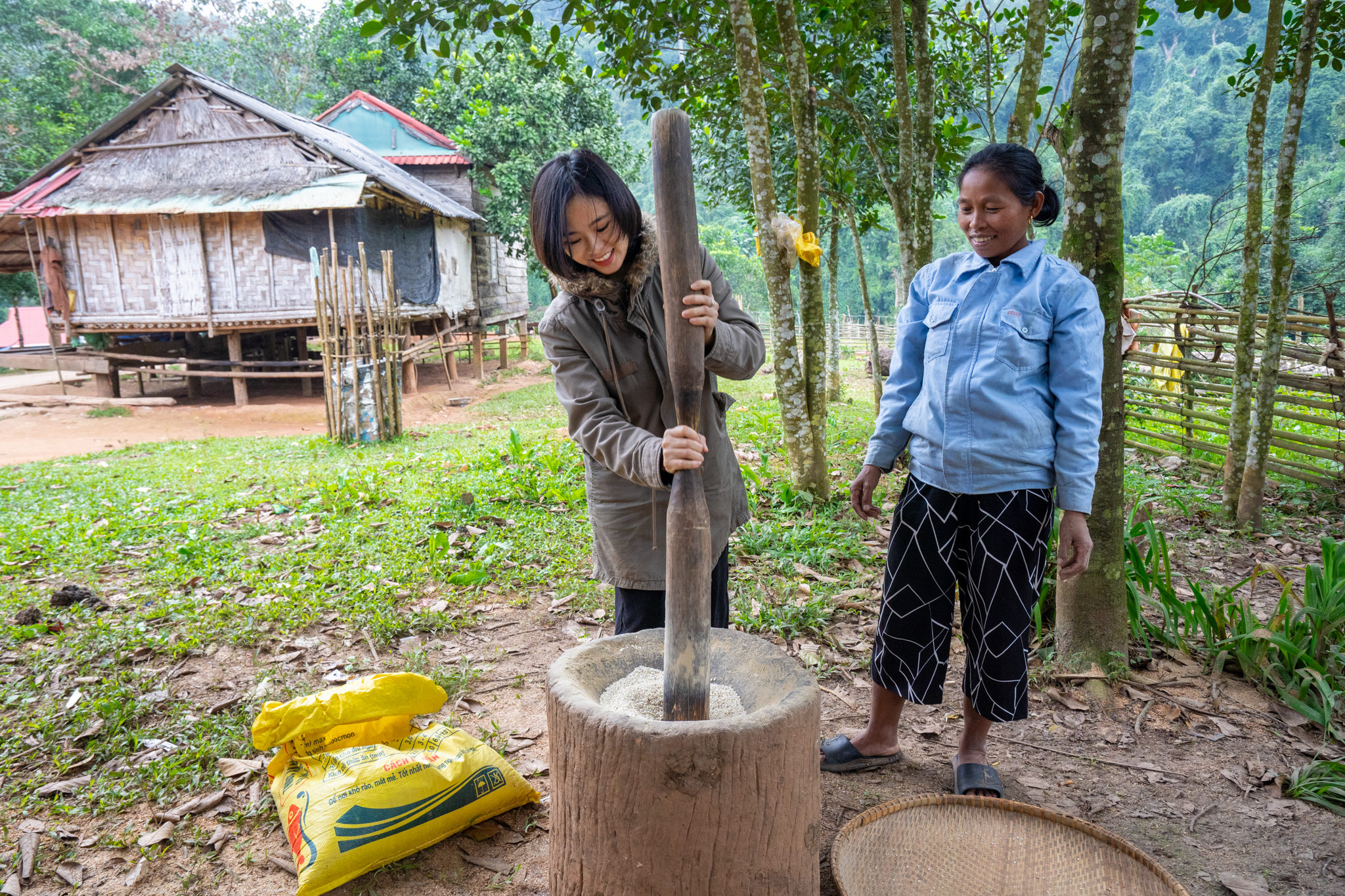
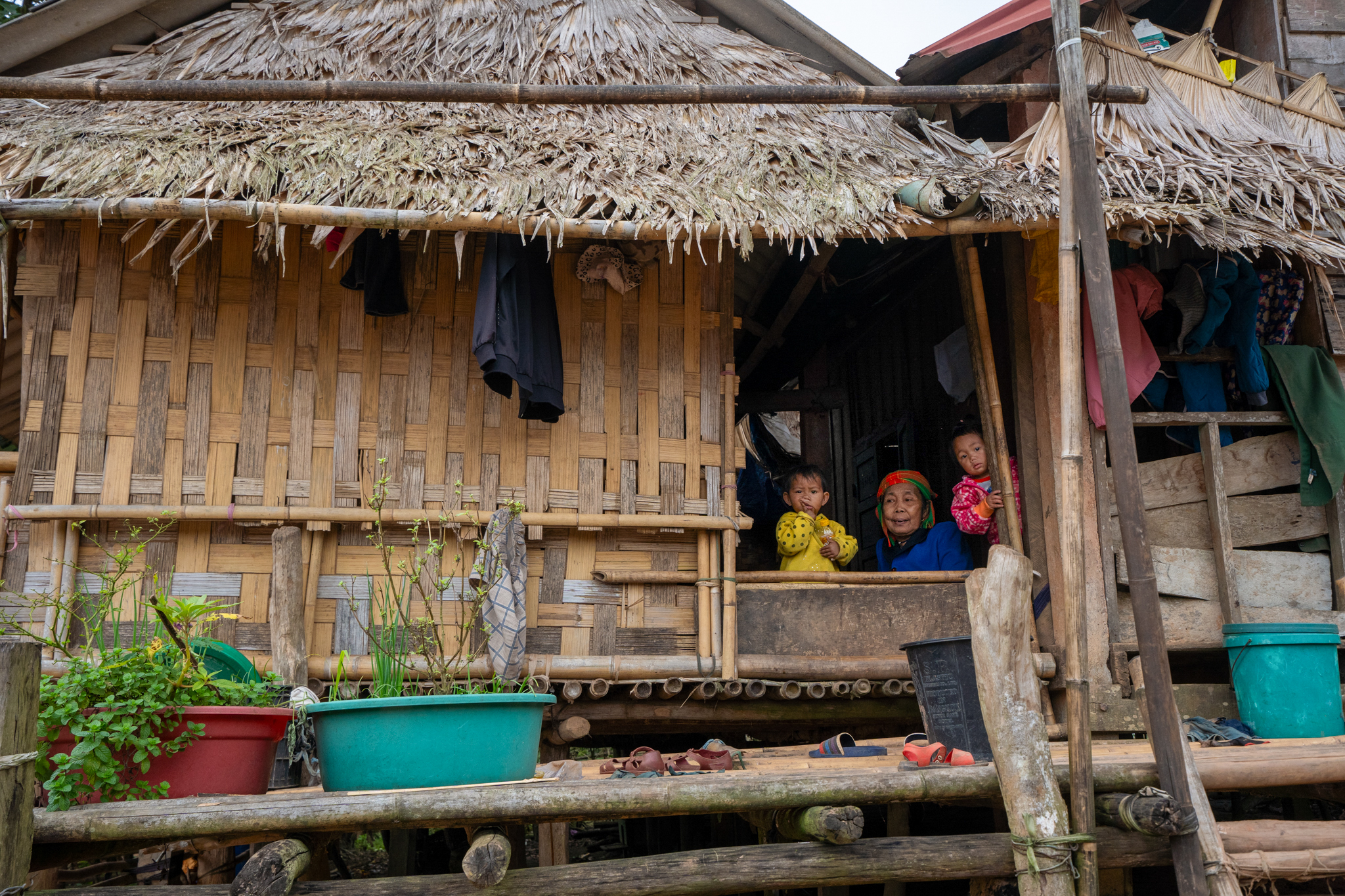
Visitors will be immersed in the life of the Ma Coong ethnic people.
To implement this program, Oxalis has conducted surveys, arranged and trained the people of Tuoc village, a Ma Coong village in the border area, to provide lunch experiences for tourists at their stilt houses; instructed the people to clean the village, invested in a clean water system from the upstream stream to the village, a water storage system of up to 30m3 , built public septic tanks for the people and tourists to use. Especially, trained the villagers on how to prepare local dishes to serve tourists for lunch.
"This tourist route also contributes to enriching tourism products in Quang Binh so that tourists have more options when traveling here," said Mr. Nguyen Chau A.
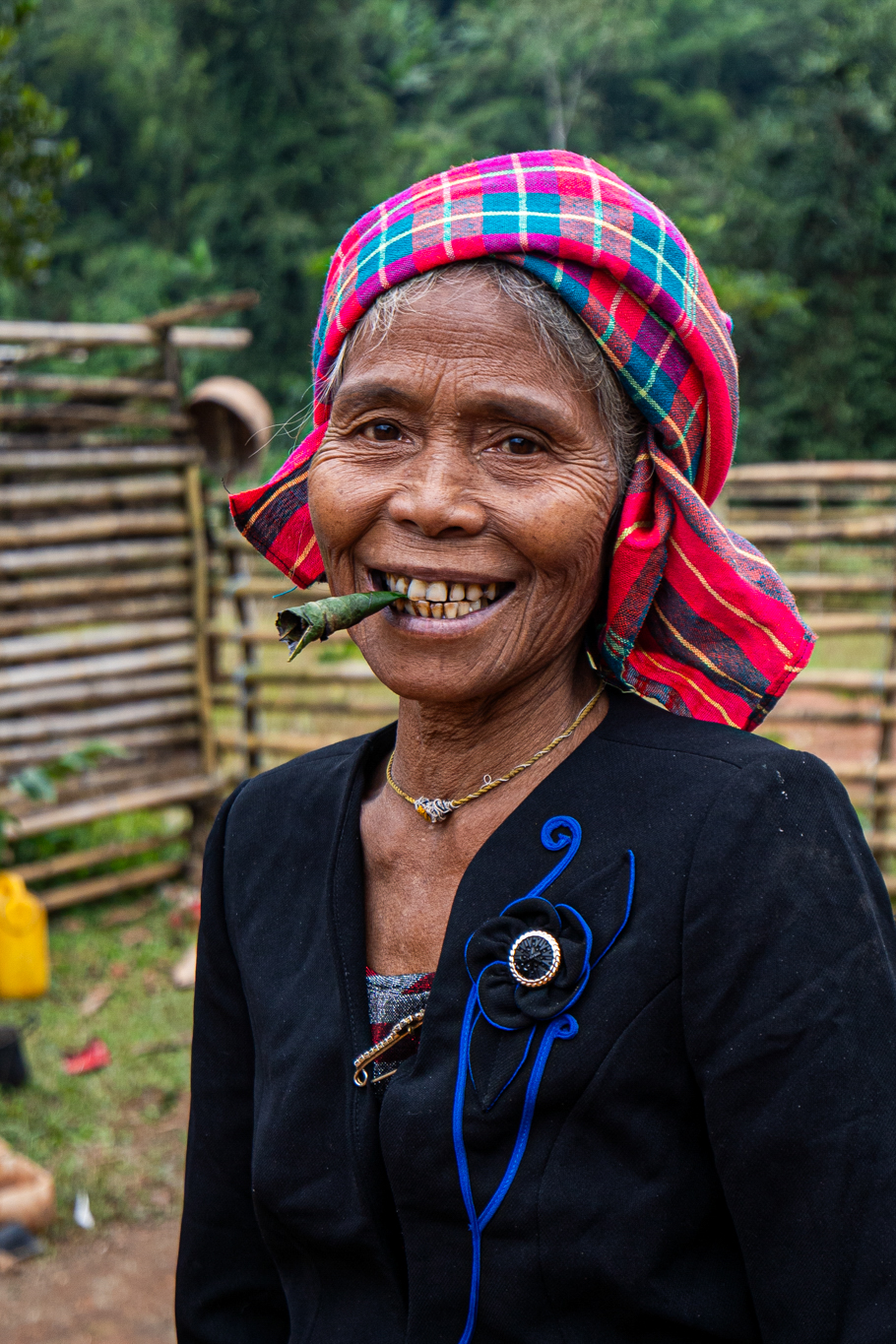
Ma Coong people
Tour Price
• Duration: 1 day
• Tour price: 1,450,000 VND/person (<6 years old free, 6 - 11 years old 50% tour price)
To show gratitude to the Youth Volunteers and veterans who lived and fought on this victorious Route 20, Oxalis Holiday will offer the tour free of charge to veterans and youth volunteers when they join the tour with their relatives, family and friends.
Oxalis Holiday will operate tours daily and have special discounts for groups of students, veterans, and organizations when participating in the tour.
Source link


![[Photo] Prime Minister Pham Minh Chinh dialogues with Vietnamese youth](https://vstatic.vietnam.vn/vietnam/resource/IMAGE/2025/3/24/7fd8b4735134417cbaf5be67ee9f88b1)
![[Photo] Editor-in-Chief of Nhan Dan Newspaper Le Quoc Minh receives the delegation of Nhan Dan Daily](https://vstatic.vietnam.vn/vietnam/resource/IMAGE/2025/3/24/a9ac668e1a3744bca692bde02494f808)
![[Photo] Vietnam team's strength guaranteed for match against Laos](https://vstatic.vietnam.vn/vietnam/resource/IMAGE/2025/3/24/1e739f7af040492a9ffcb09c35a0810b)
![[Photo] The flavors of Southern Vietnamese traditional cakes](https://vstatic.vietnam.vn/vietnam/resource/IMAGE/2025/3/24/b220c9f405b945d798738ea0a94b29b8)
![[Photo] Overcoming the sun to remove temporary and dilapidated houses for poor households](https://vstatic.vietnam.vn/vietnam/resource/IMAGE/2025/3/24/824ba71165cc4f8fb6a3903ca0323e5d)
![[Photo] Prime Minister Pham Minh Chinh attends conference on ensuring security and order in the Northwest and surrounding areas](https://vstatic.vietnam.vn/vietnam/resource/IMAGE/2025/3/24/933ce5c8b72e4663bd6c6cd8be908f23)
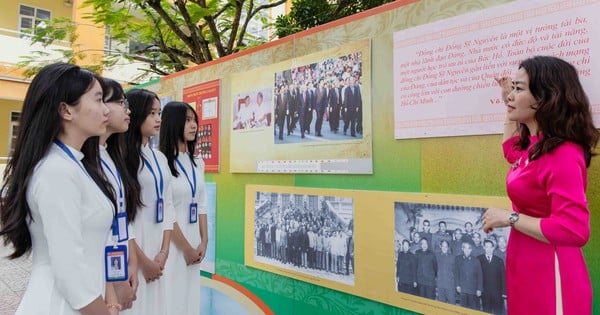

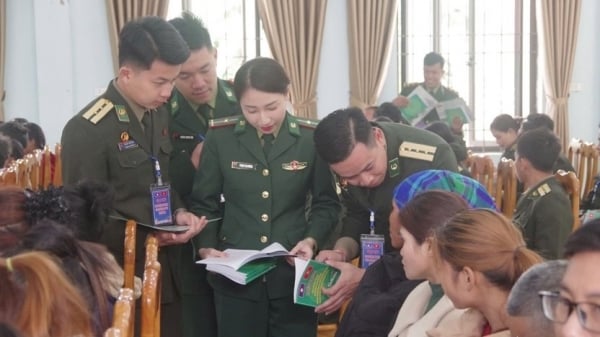

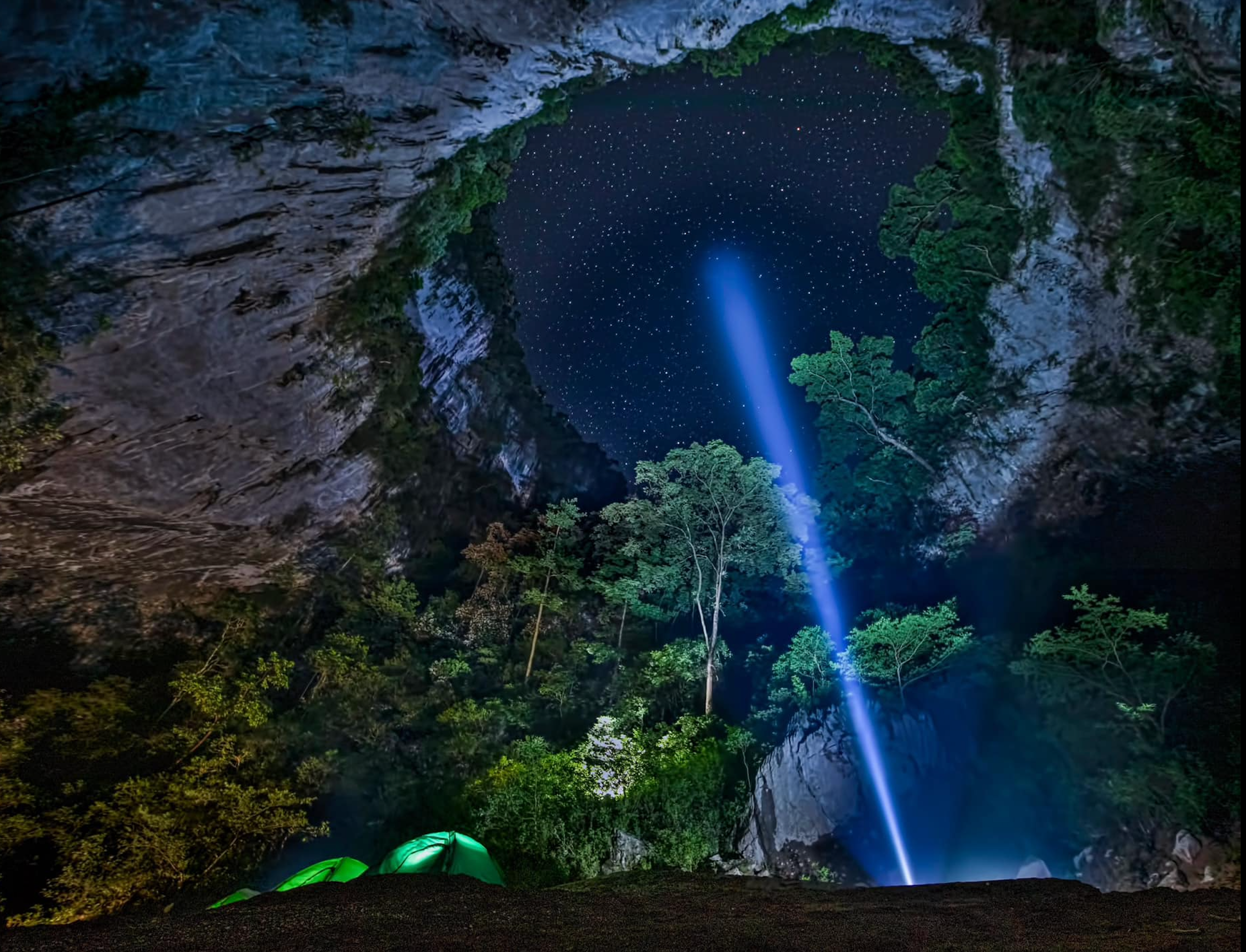

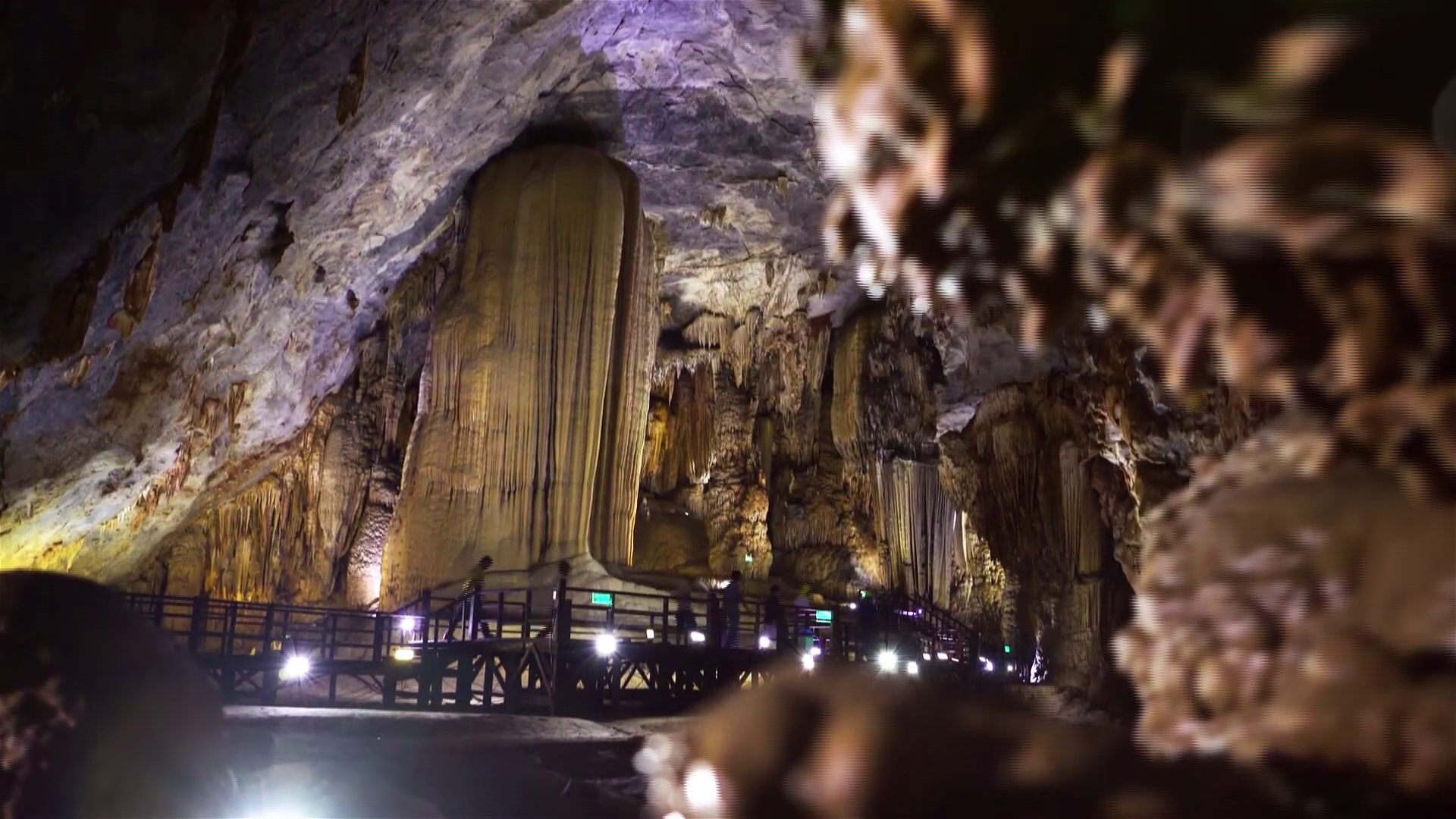


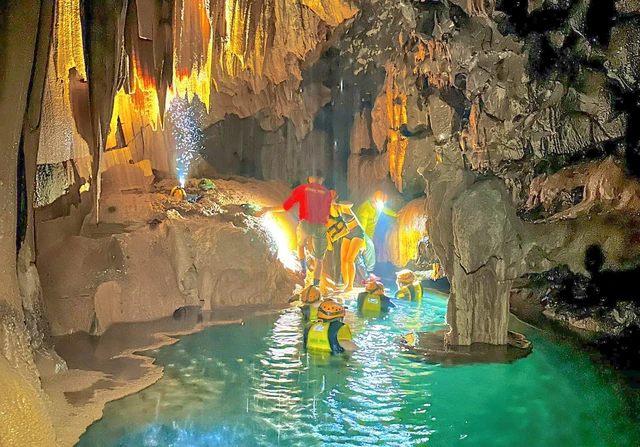


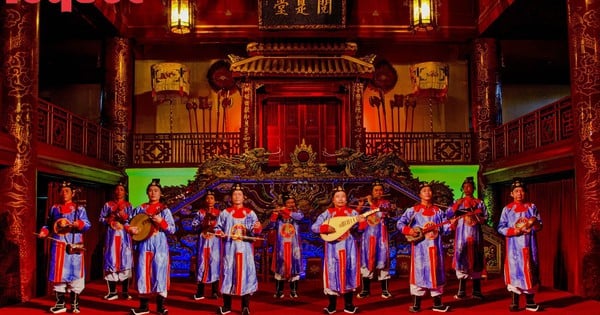
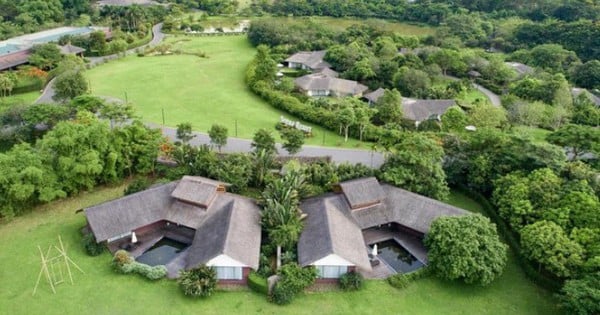
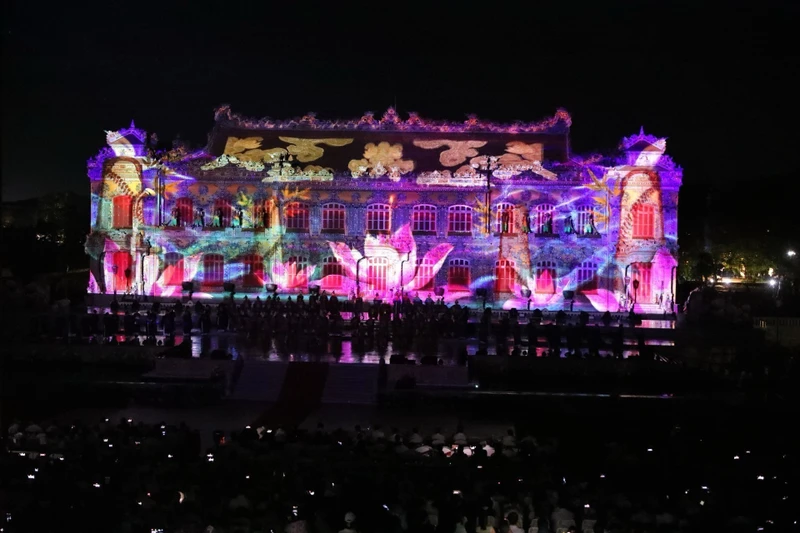
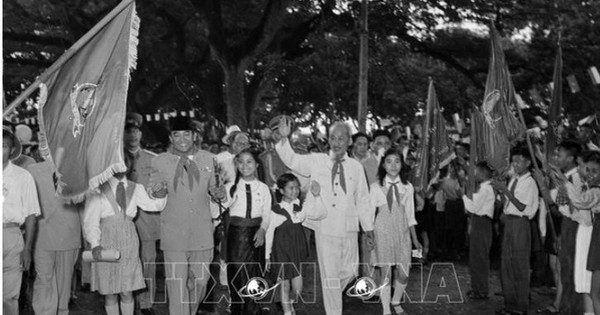
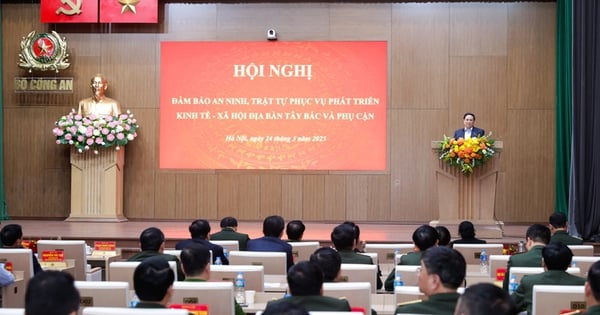
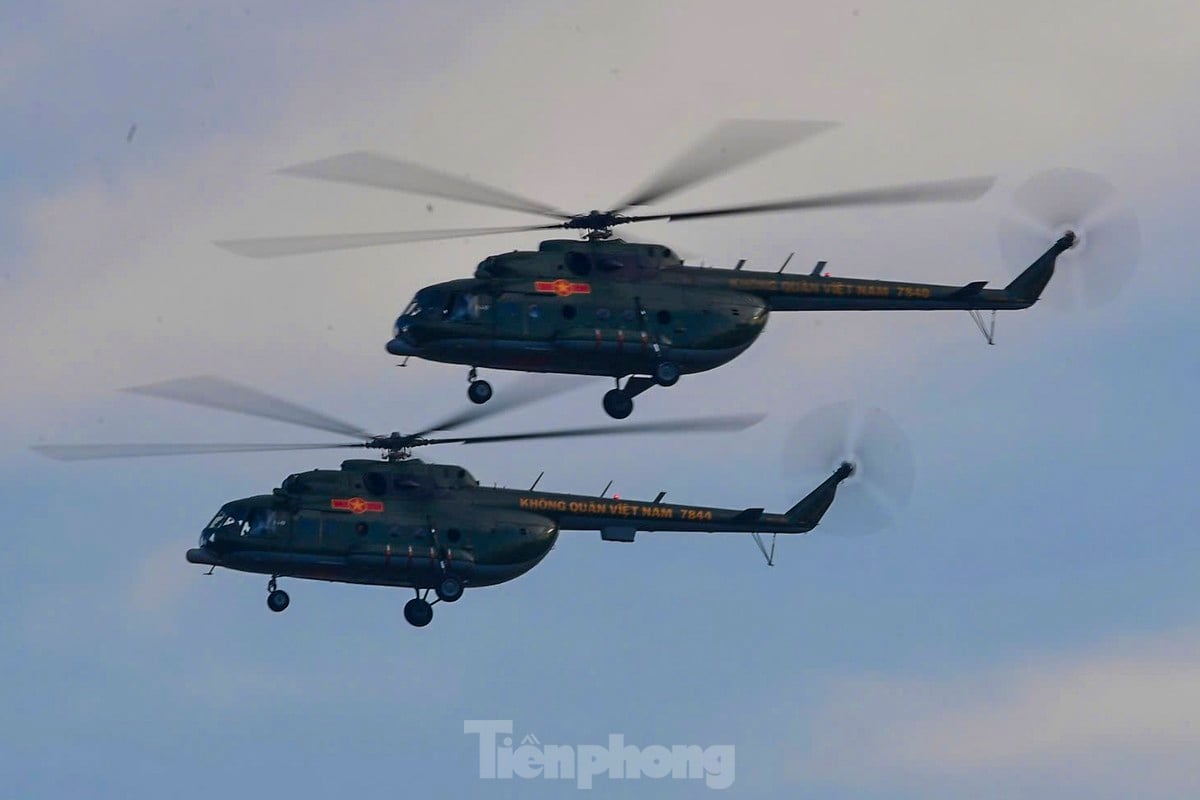






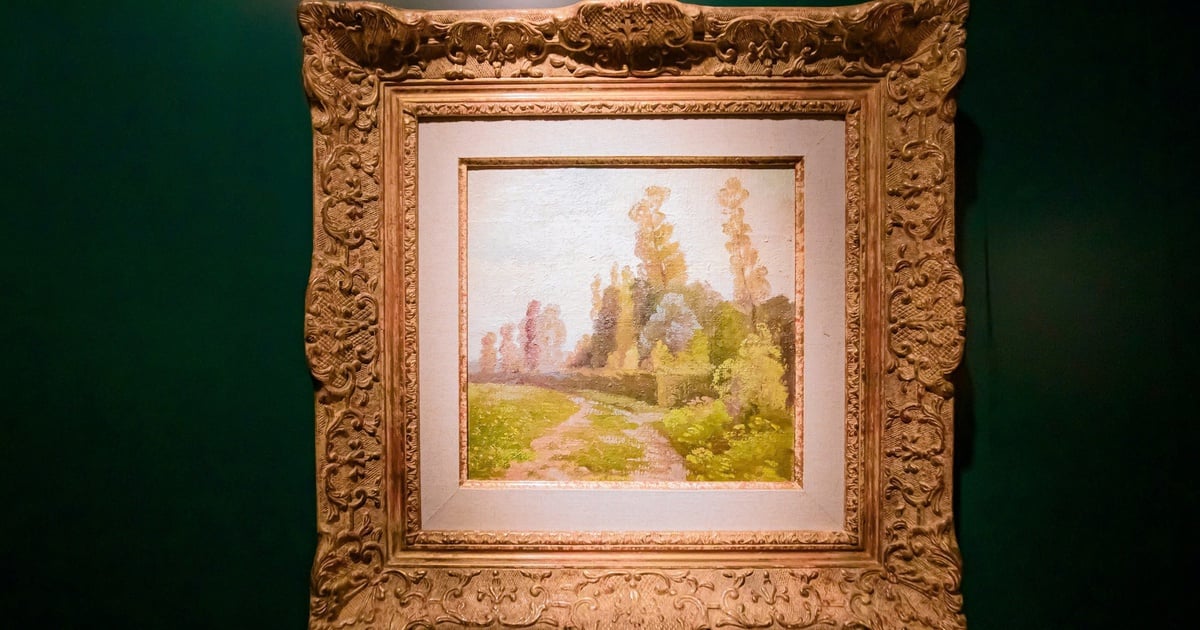
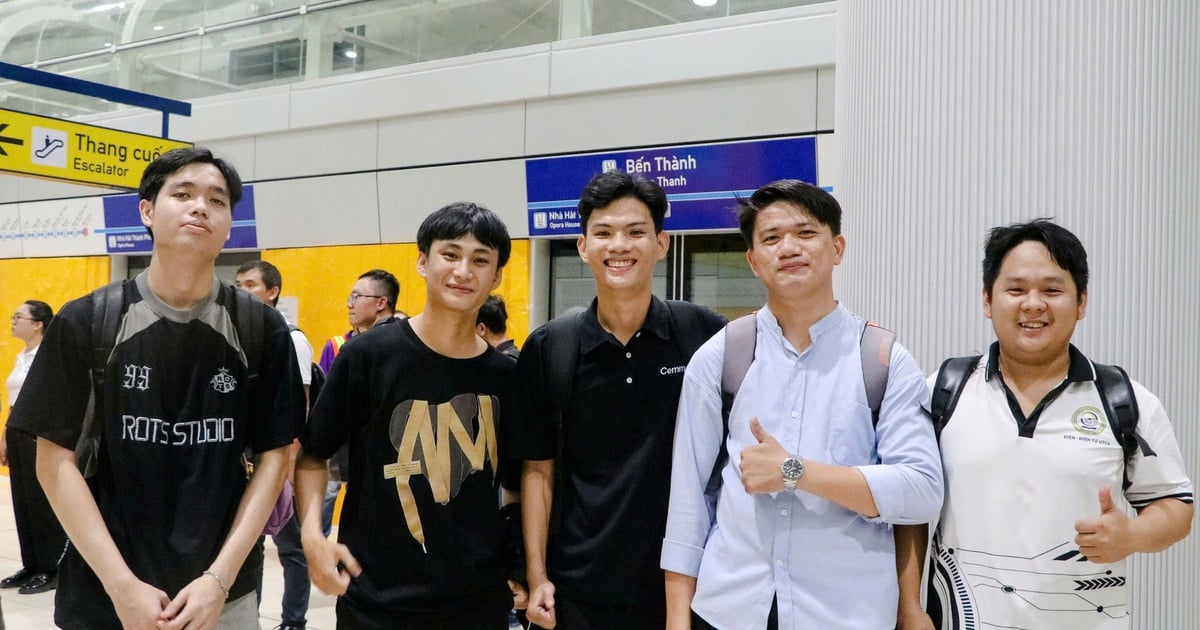
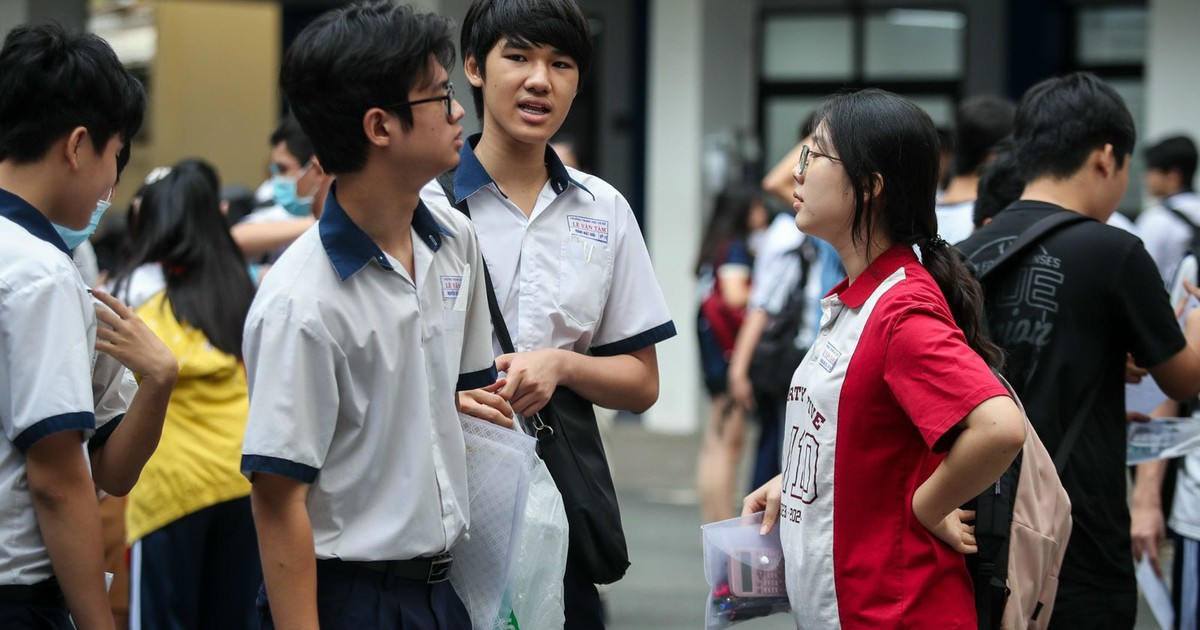
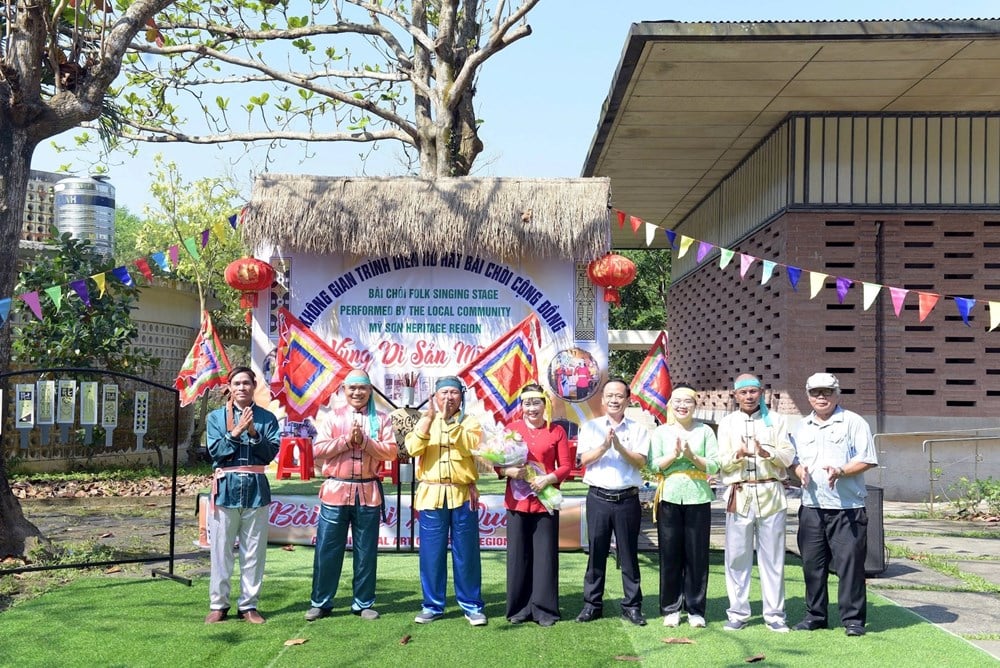

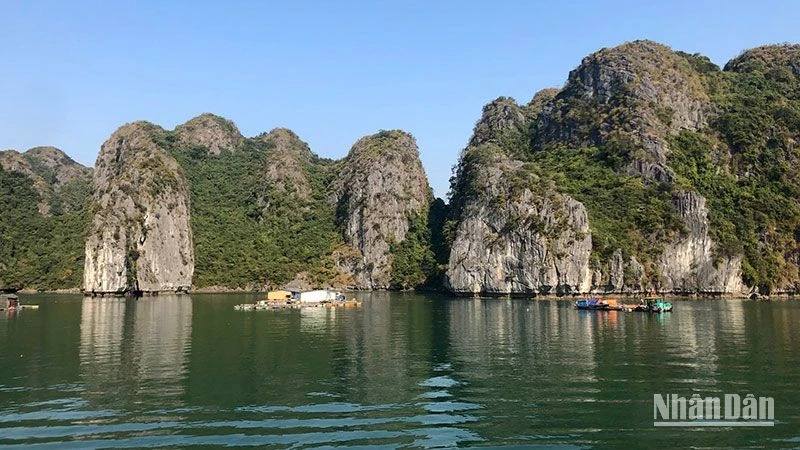

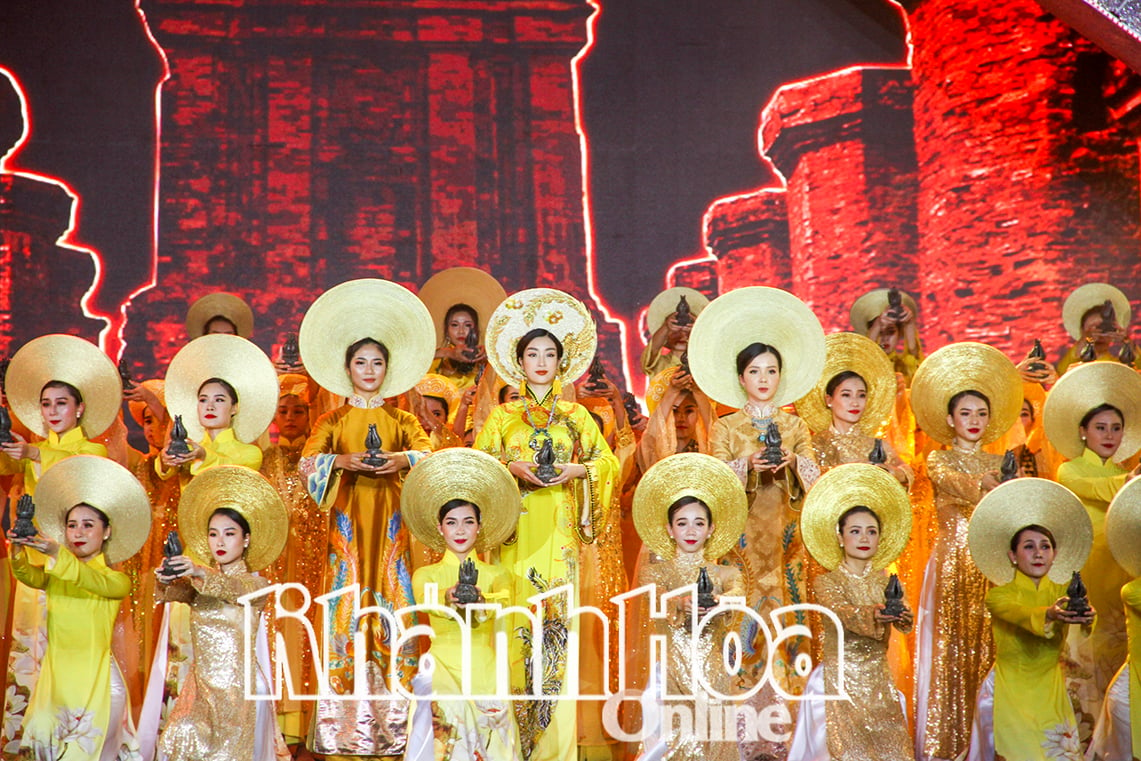

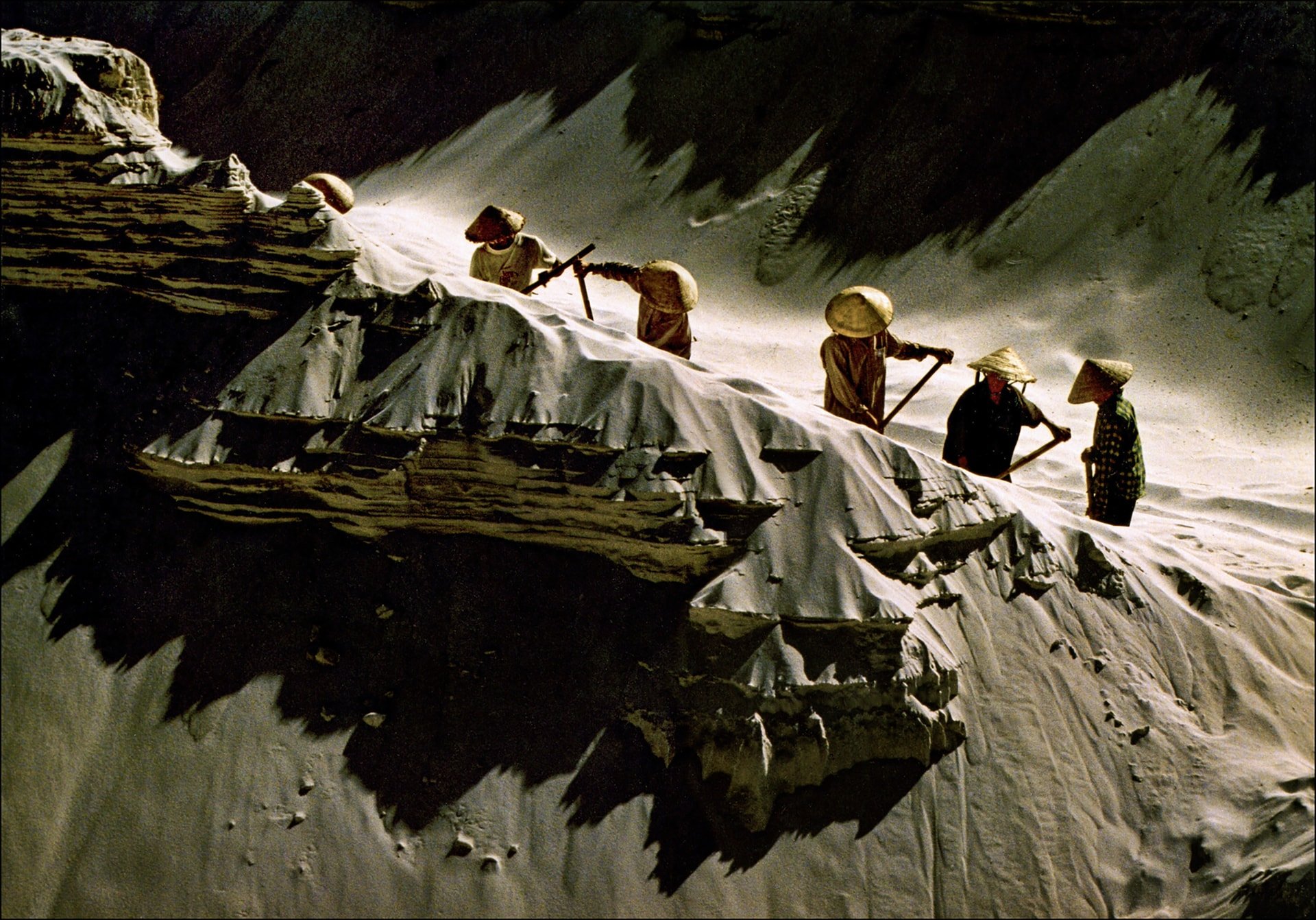

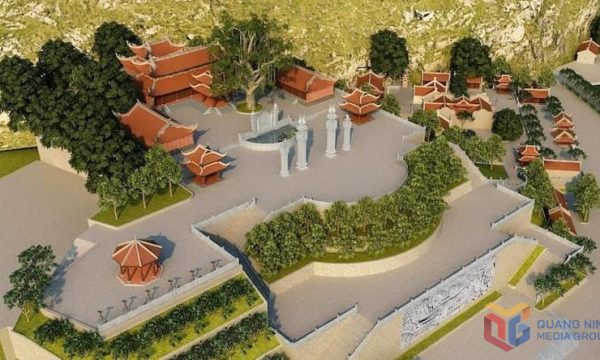

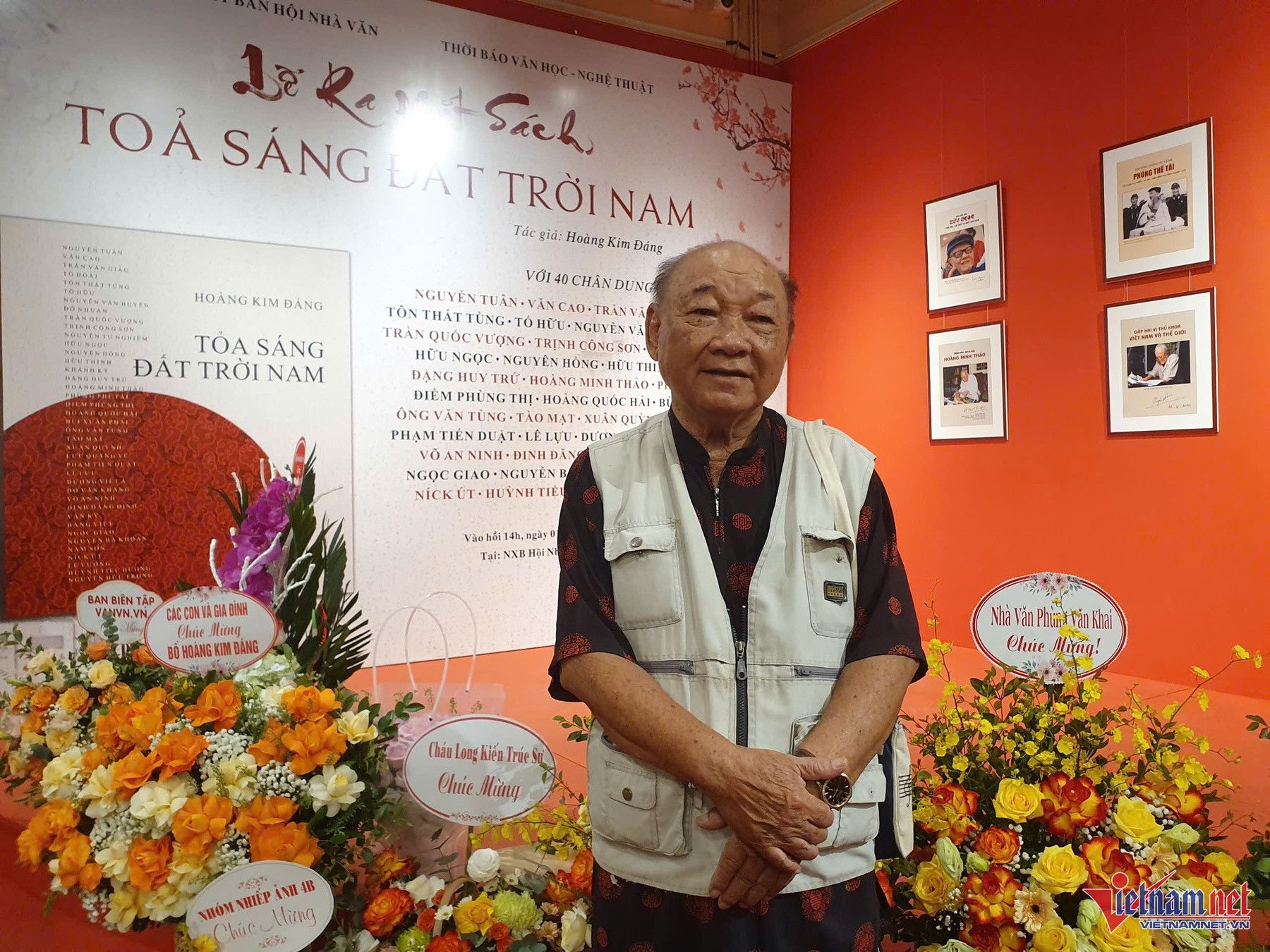



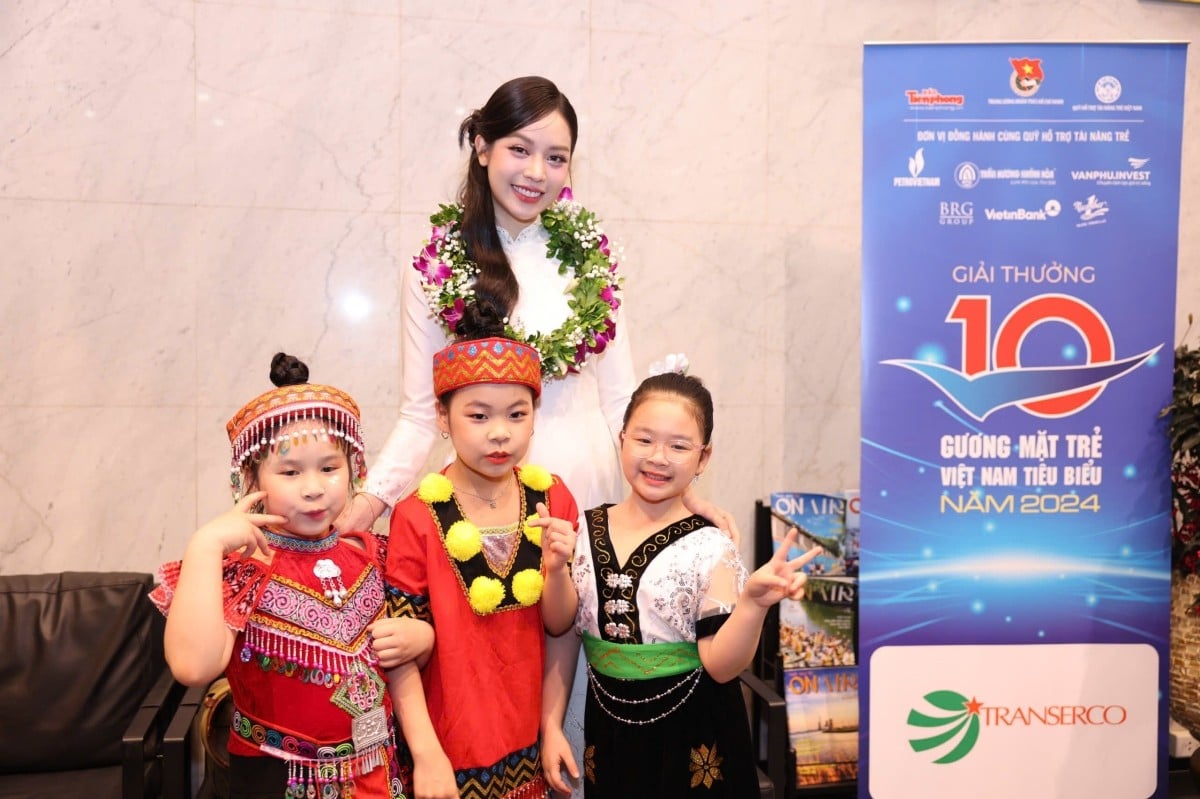

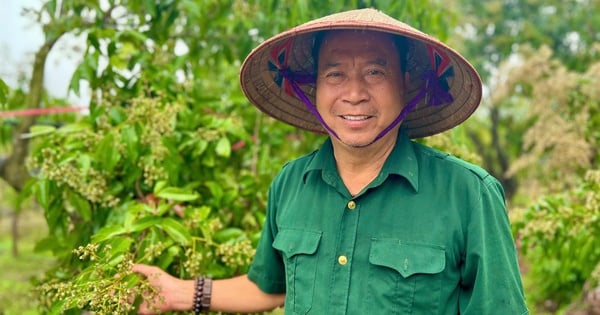










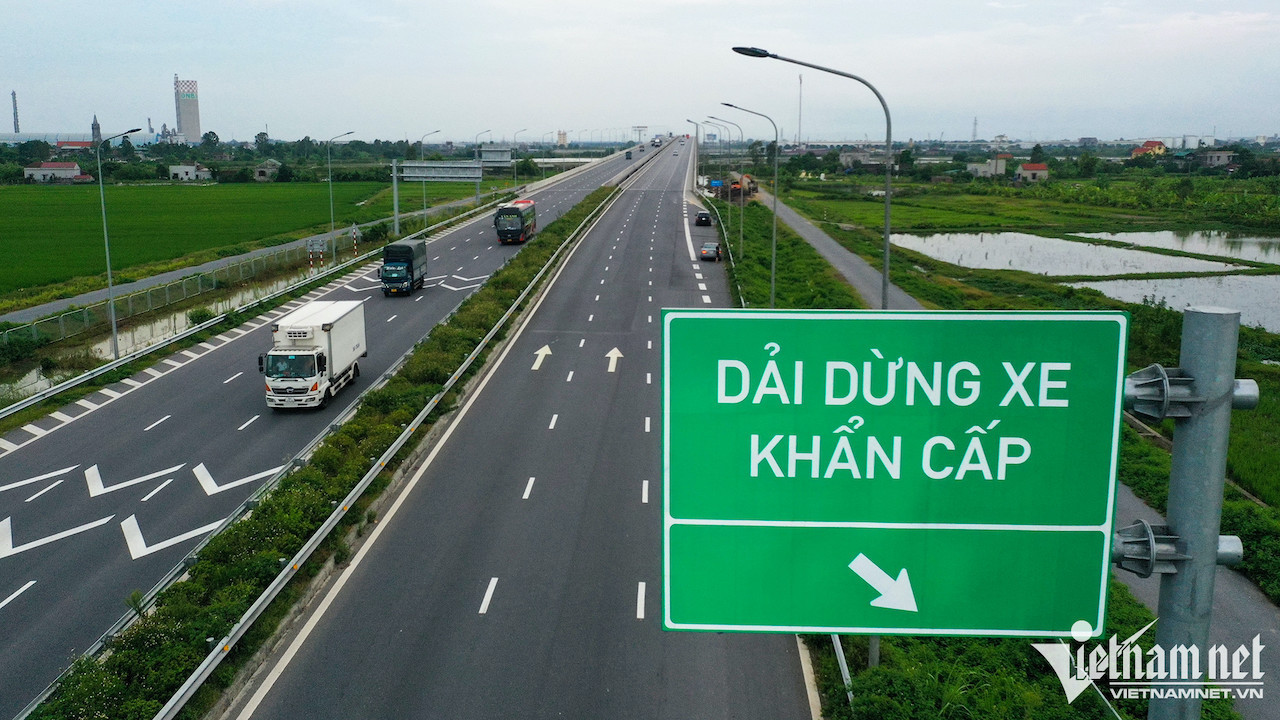
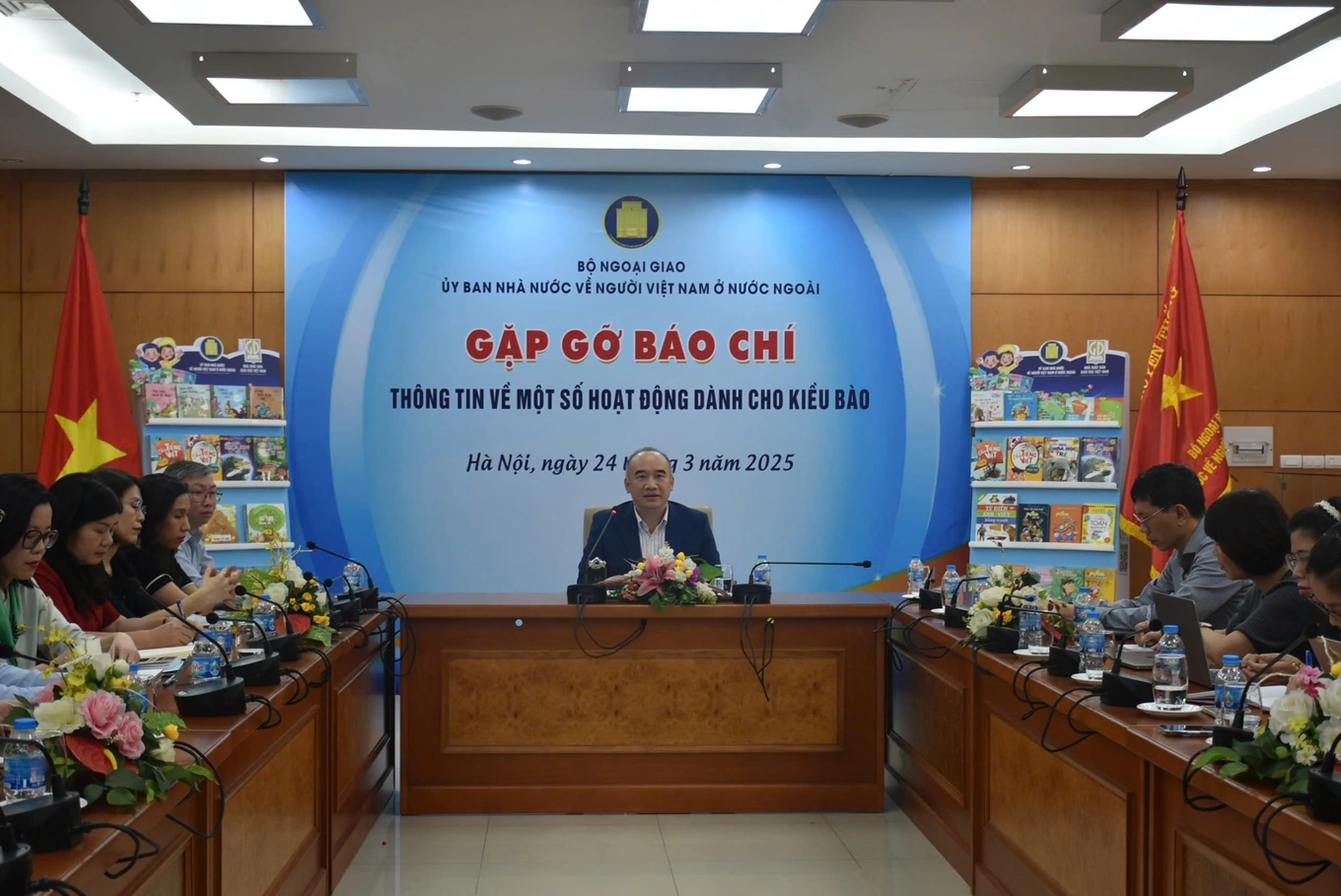
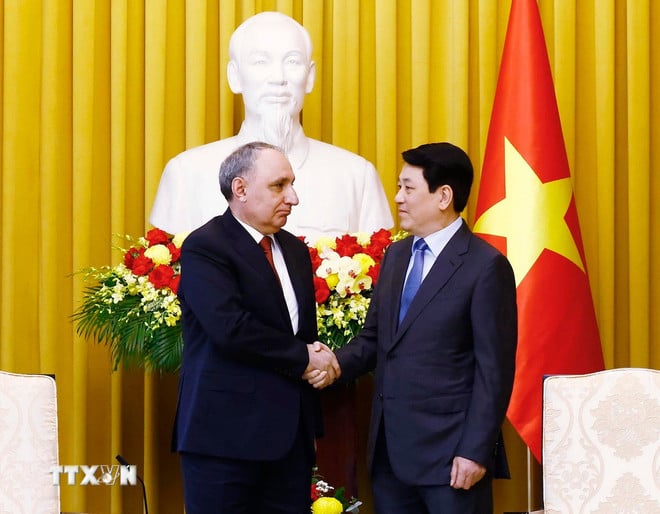
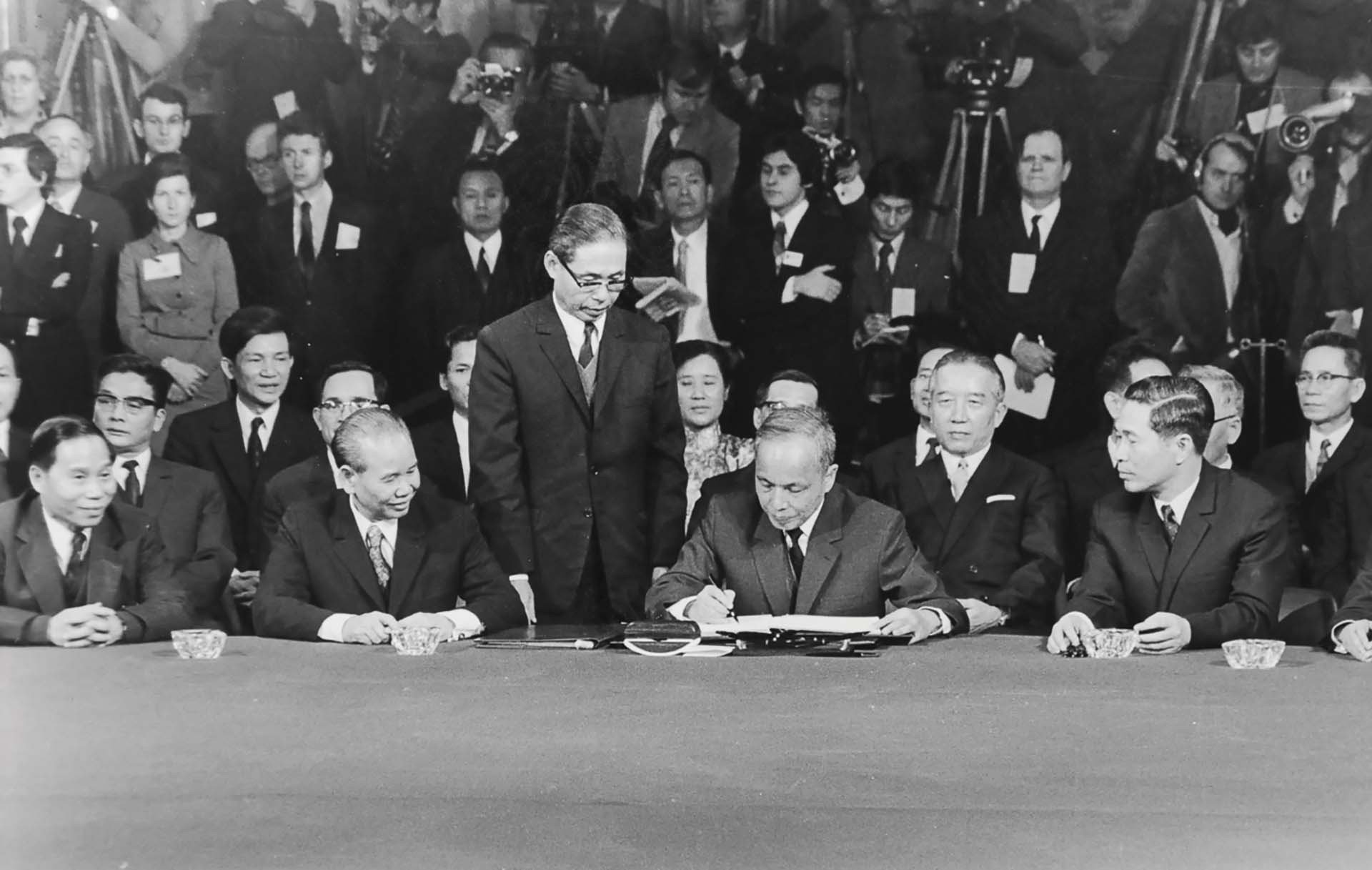




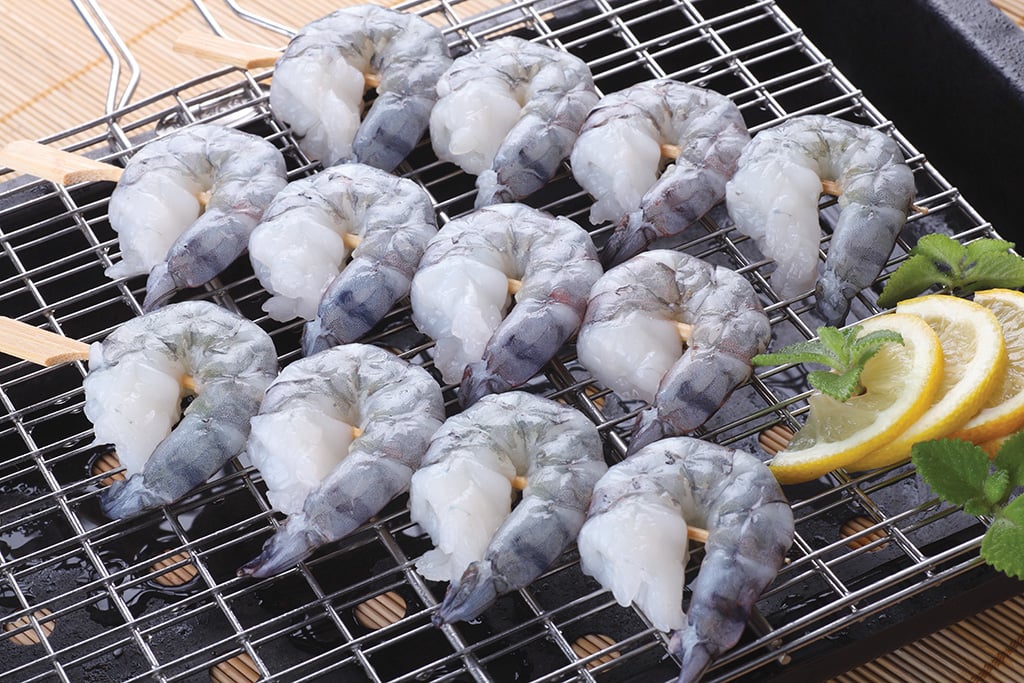




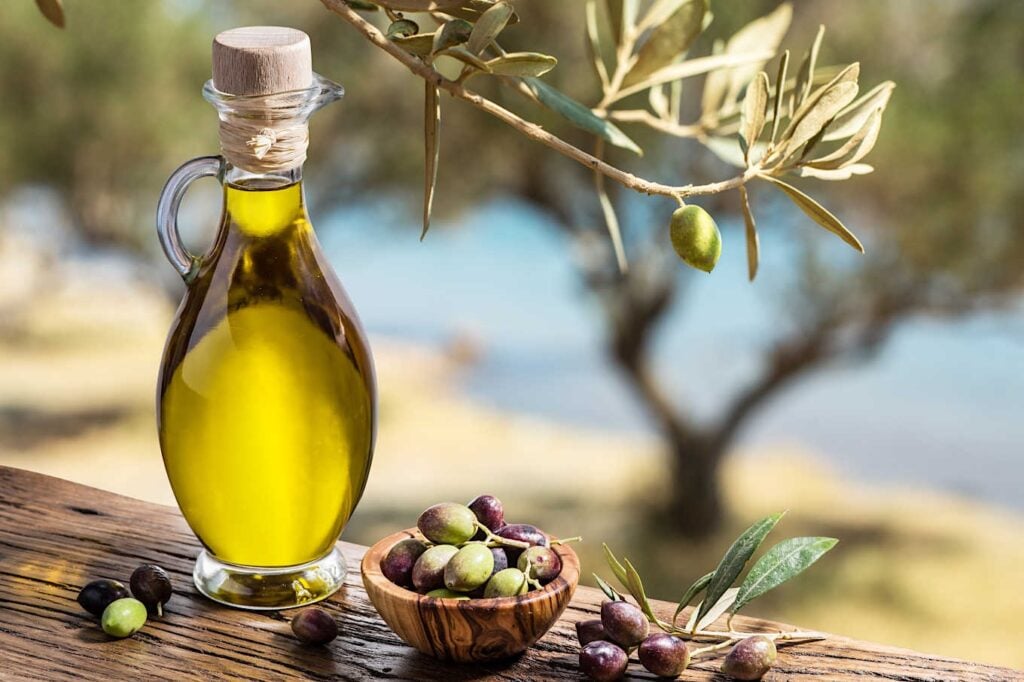

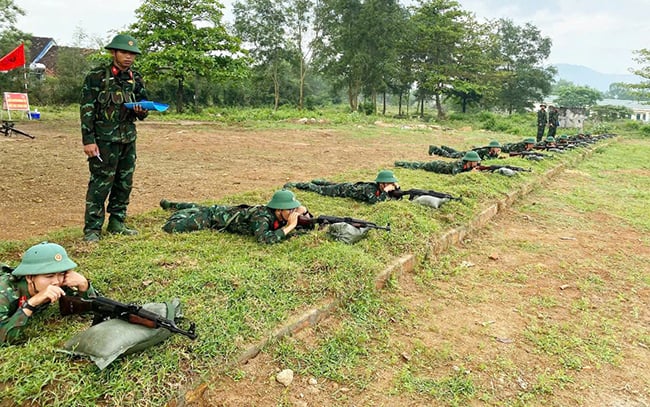

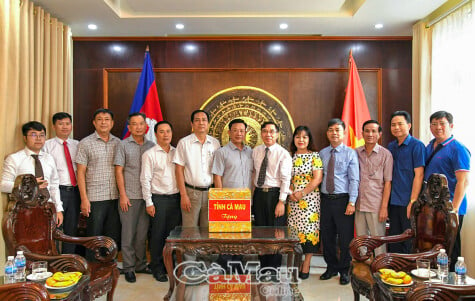
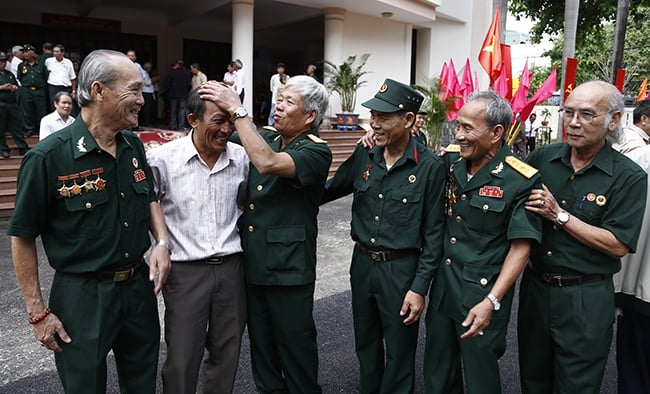
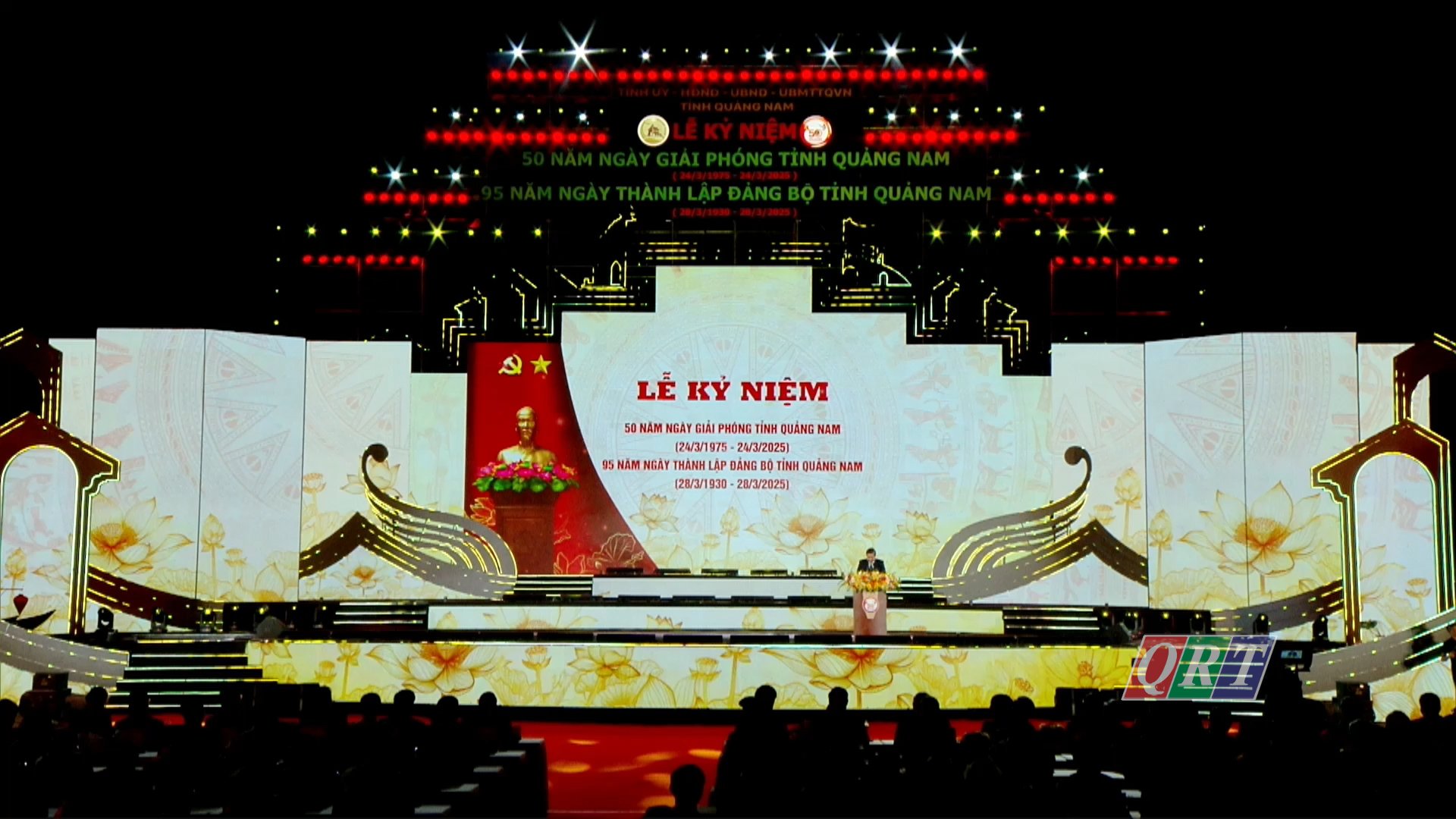



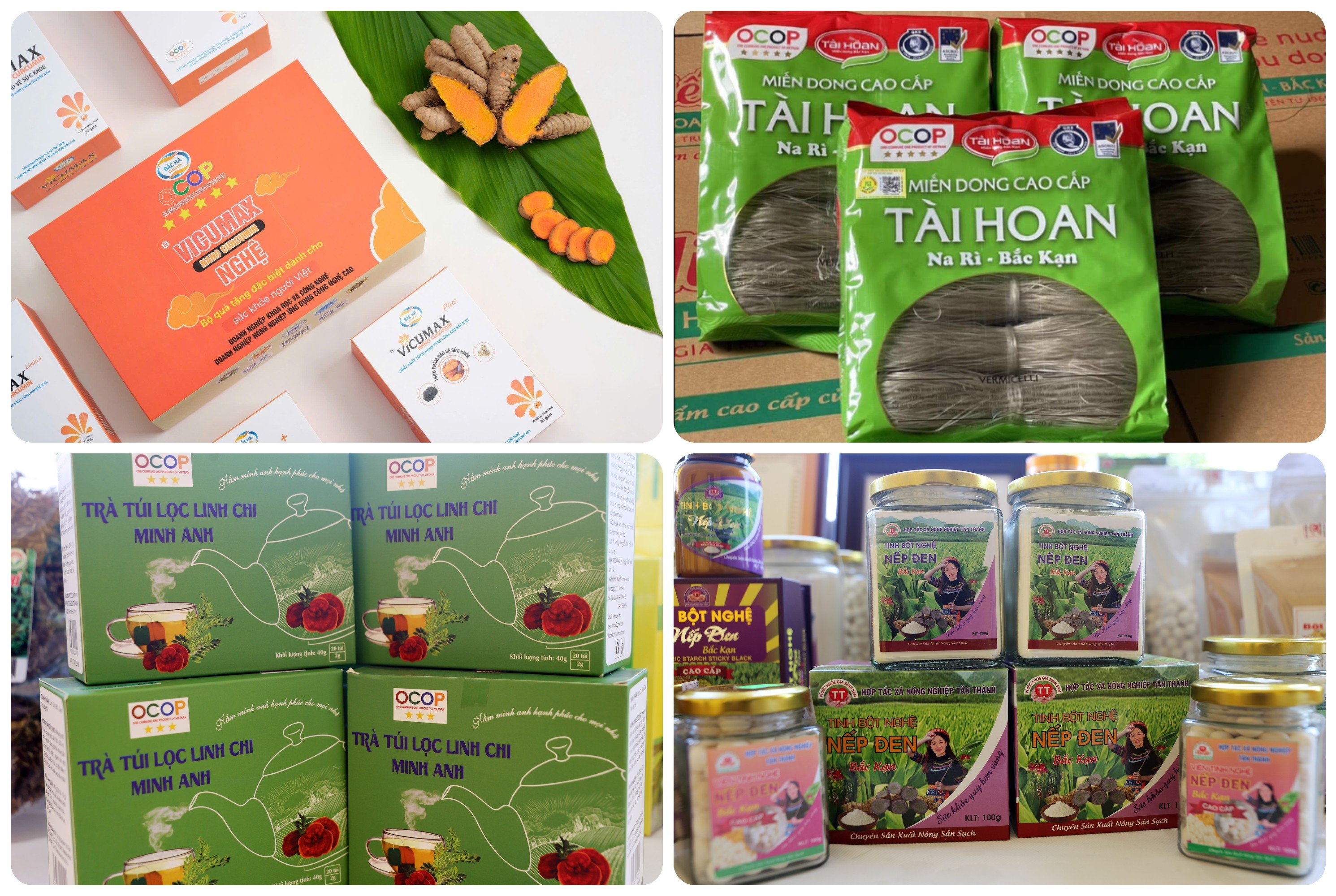
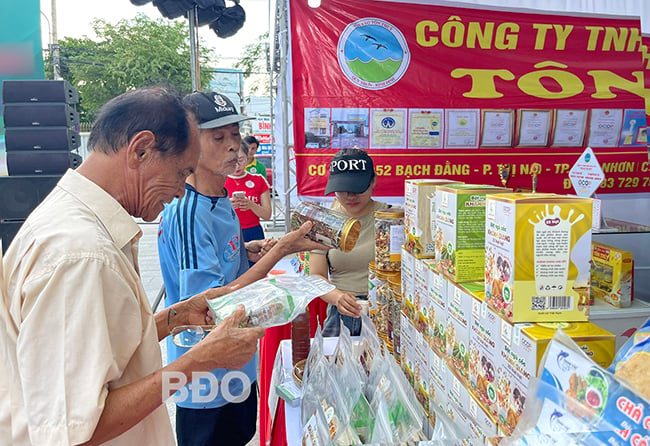


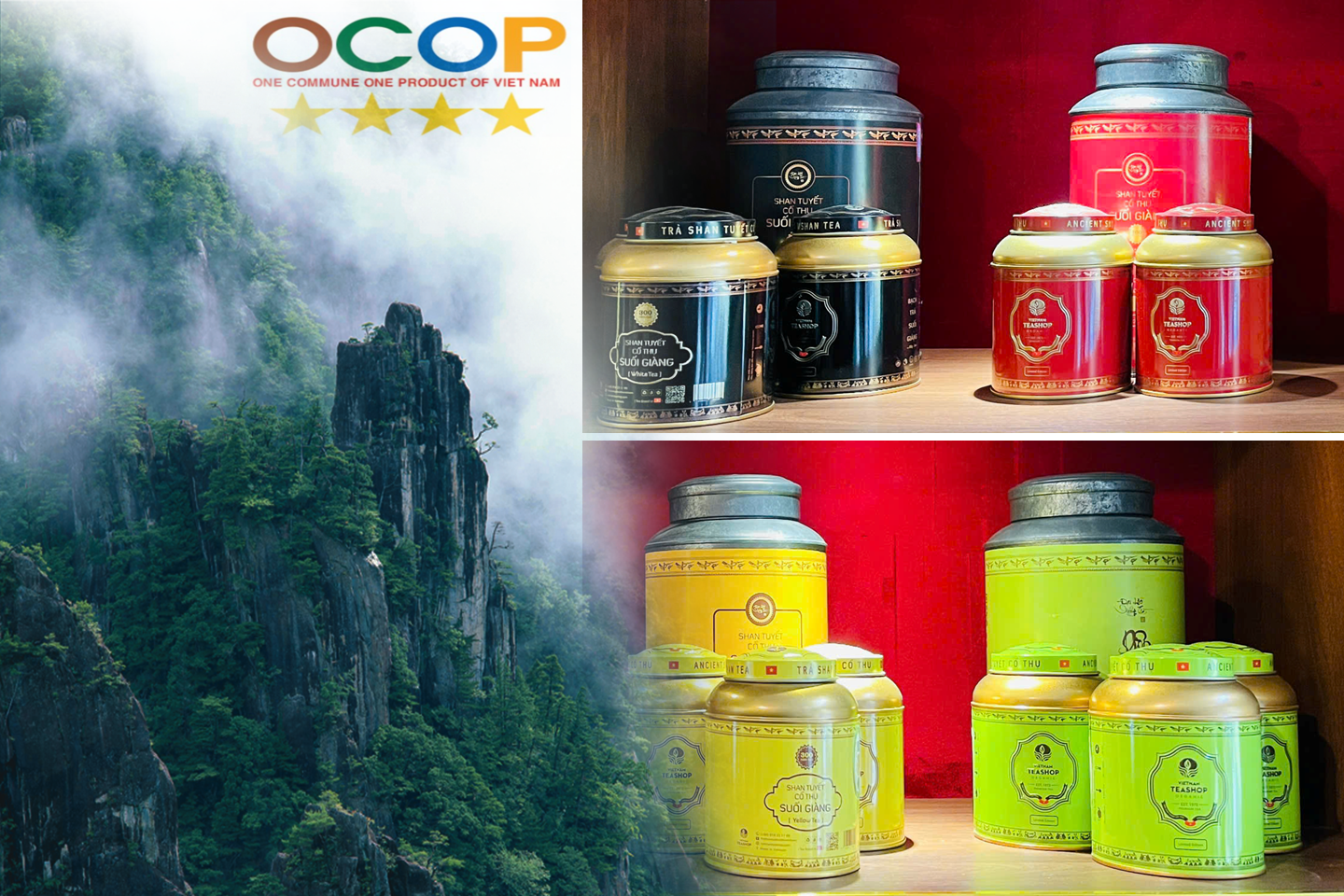
Comment (0)